Jun 13, 19 · Tamarindus indica is a long lived and beautiful fruiting tree, growing up to 30 metres tall with a dense, spreading crown The tree has fragrant flowers and a feathery foliage that is usually evergreen but becomes deciduous in drier regionsTamarindus indica Tamarind is a long lived and beautiful fruiting tree, growing up to 30 metres tall with a dense, spreading crown The tree has fragrant flowers and a feathery foliage that is usually evergreen but becomes deciduous in drier regionsTamarindus indica, commonly known as tamarind, is a frostfree, tropical evergreen tree that typically grows to 4060' (less frequently to 90') tall It is native to eastern Africa, but is now commonly grown and in some cases has naturalized in a number of tropical to subtropical areas around the world
Tamarindus Indica L Plants Of The World Online Kew Science
Tamarindus indica flowers of india
Tamarindus indica flowers of india-Tamarindus indica Linn is belonging to the family Fabaceae, commonly known as tamarind India and Thailand are the major tamarind world producers and generating 300,000 and 140,000 tonsApr 14, 21 · Alternative Title Tamarindus indica Tamarind, (Tamarindus indica), evergreen tree of the pea family (Fabaceae), native to tropical Africa It is widely cultivated in tropical and subtropical regions for its edible fruit, the sweet and sour pulp of which is extensively used in foods, beverages, and traditional medicines



Tamarind Food And Drink Cookbooks Food Wine
Tamarindus indica Linnaeus, Sp Pl 1 34 1753 1328 cm × 59 mm, glabrous, base obliquely rounded, apex rounded or emarginate Flowers few, yellowish tinged with purplish red stripes;Tamarindus indica offered on the site come in multiple forms such as capsules, powders, and tablets to suit the needs of children and adults alike You will always find tamarindus indica that are suitable for your necessities because they come in different sizes and packaging designsRacemes terminal on short peduncle Flowers 1 cm across, pale yellow Pods indehiscent, 3 8 inches, flat, usually curved , seeds dark brown and smooth Mostly planted in the homestead There is a common proverb to never plant tamarindus tree infront of house
Tamarind (Tamarindus indica) is an import tree of semiarid tropical conditions Every part of the plant is used for different purposes Every part of the plant is used for different purposes The fruit pulp sweetish/acidic in taste, is used for serving curries, chutneys, sauces and soupsPeduncles and pedicels yellowish green puberulent;Arabs called it 'tamaru'lHind', meaning 'date of India', and this inspired Linnaeus when he named the tree in the 18th century Tamarindus is a monospecific genus BIOLOGY Flowering generally occurs in synchrony with new leaf growth, which in most areas is during spring and summer The hermaphroditic bisexual
Leaves paripinnate, up to 15cm long;Tamarindus indica a moderate sized to large, evergreen tree, up to 2430mt in height and 7 m in girth, but generally smaller, cultivated or found naturalized almost throughout the plains and subHimalayan tracts of India, particularly in the South Bark brownish or dark grey, longitudinally and horizontally fissured;Young leaves ans very young seedlings and flowers are cooked and eaten as greens and in curries in India In Zimbabwe, the leaves are added to soup and the flowers are an ingredient in salads Flowers Small, in fewflowered heads, buds red, petals gold with red veins The fruit is edible and can also be used as a sort of spice to be added to food
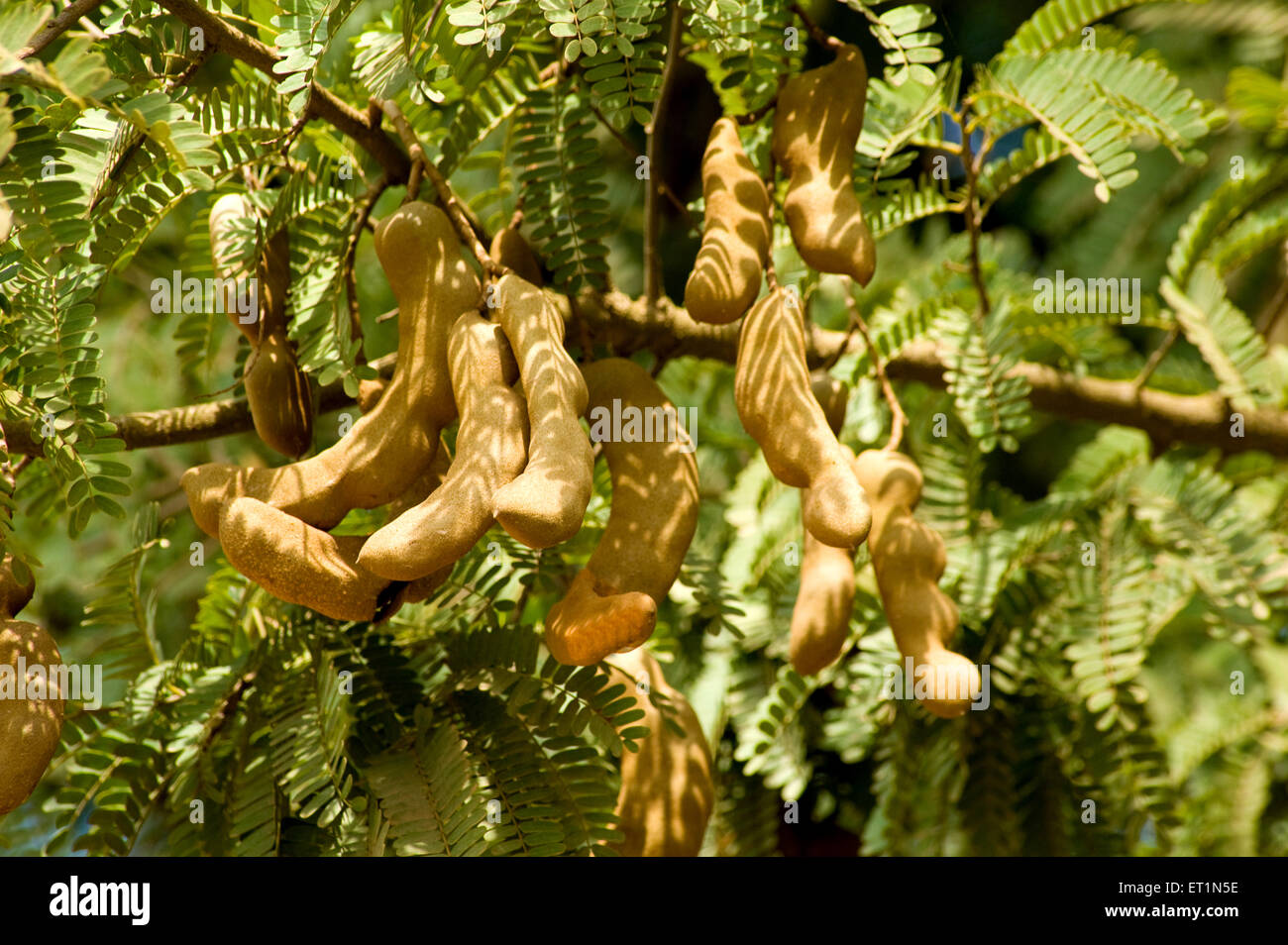


India Tamarind Fotos E Imagenes De Stock Alamy



Page 2 Royalty Free Indica Photos Free Download Pxfuel
Abstract Tamarindus indica L, commonly known astamarind, isamultipurpose longlived tree best known for itsfruit It isindigenous totropical Africa and exoticto Asia and Central America India and Thailand are the major tamarind world producers, generating and tons annually, respectively There are two maintypesof36 in (7515 cm) in length, each having 10 pairs of oblong leaflets 1/2 to 1 in ( cm) long and 1/5 to 1/4 in (56 cm) 1,4 Flowers Pale yellow, reddish pink veins;Tamarindus indica L, also known as tamarind, is a member of the Fabaceae family and belongs to the subfamily Caesalpinioideae The plant is a hardwood tree and is a very important tree in many tropical countries The plant is found mainly in Africa and Asia, but is said to be indigenous to
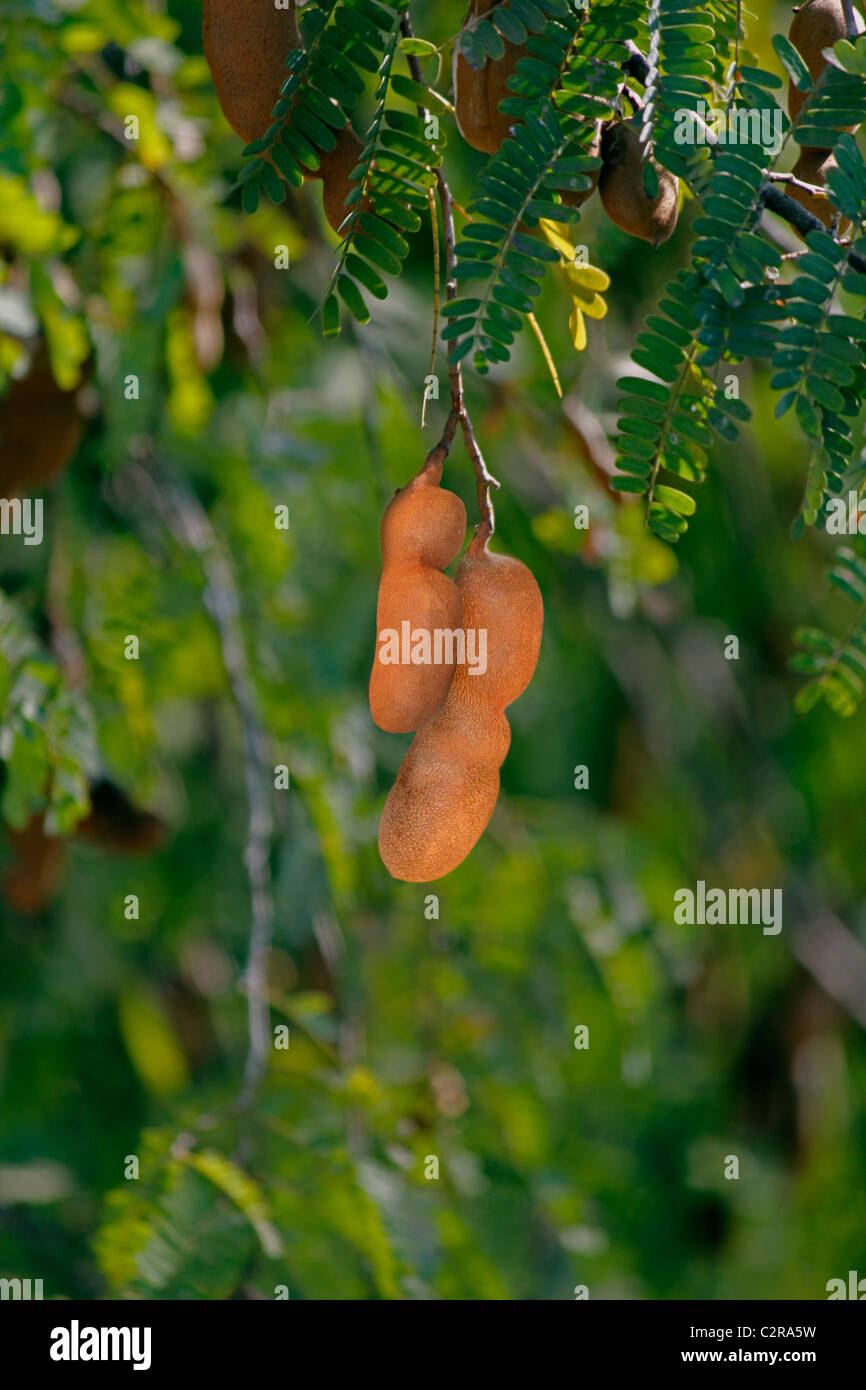


El Tamarindo Tamarindus Indica India Fotografia De Stock Alamy



Tamarind 5 Thai Sweet Flower 4 To The Arab Traders Visi Flickr
The Tamarindus indica L (1753) is an evergreen tree, semideciduous in the particularly arid climates or seasons, much ramified, up to 25 m tall in the oldest specimens, with a short and massive trunk with a diameter usually reaching the 50 cm, but which may even exceed the metre, with dark grey bark fissured longitudinally;Apr 17, 21 · Tamarind definition A tamarind is a fruit which grows on a tropical evergreen tree which has Meaning, pronunciation, translations and examplesLeaves The leaves are eaten by cattle and goats, and furnish fodder for silkworms–Anaphe sp in India, Hypsoides vuilletii in West Africa The fine silk is considered superior for embroidery Tamarind leaves and flowers are useful as mordants in dyeing A yellow dye derived from the leaves colors wool red and turns indigodyed silk to green



Tamarind Plant Tamarindus Indica All Rare Herbs Online Nursery
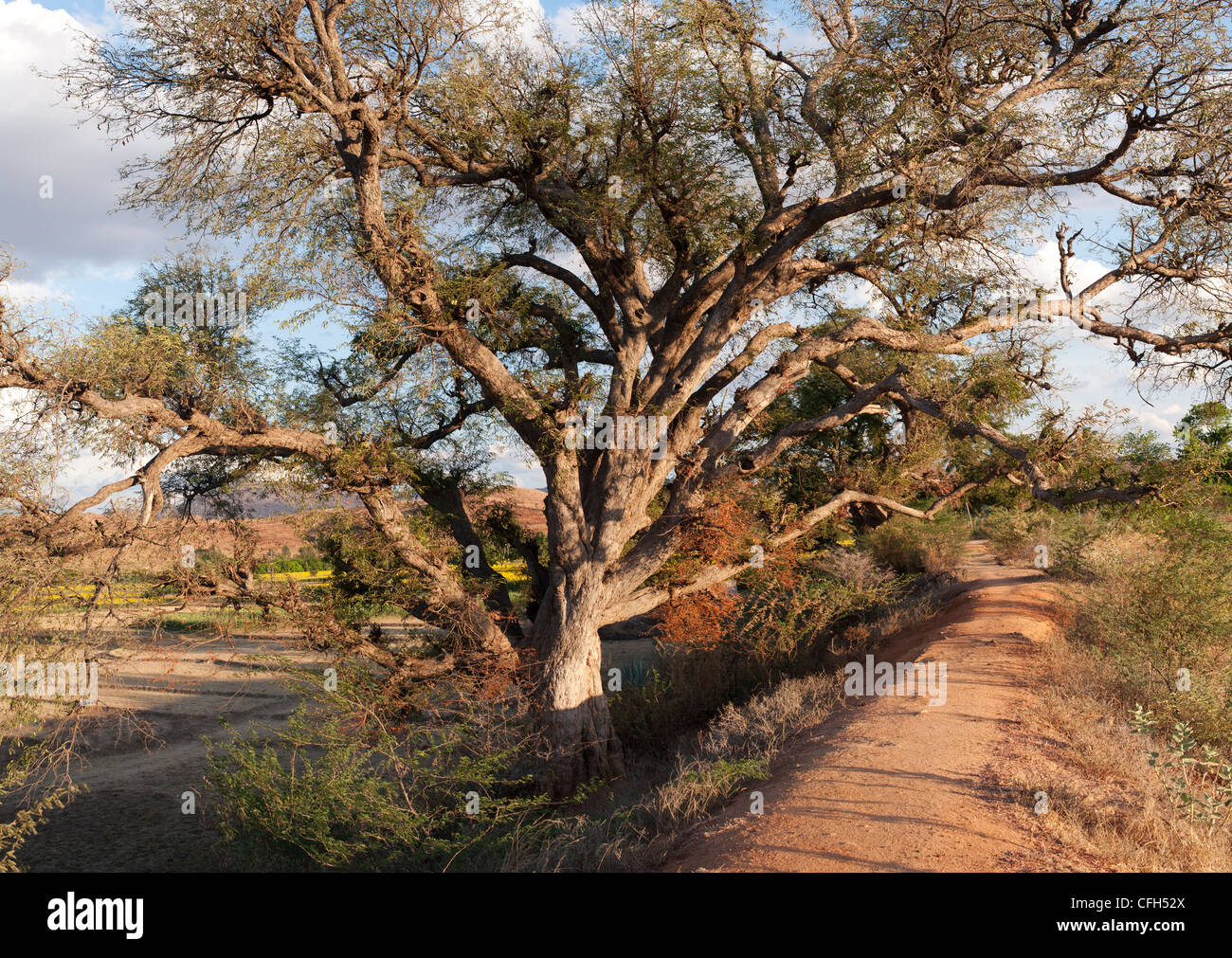


Tamarindus Indica Tamarind Tree In The Indian Countryside Andhra Stock Photo Alamy
Tamarindus indica is propagated at Kew using semiripe apical or internodal cuttings Initially these are placed in a misting unit where there is bottom heat and frequent fogging When rooting has occurred successfully, the plants are potted up into a loambased or organic compost(Tamarindus indica LINN) Click on graphic for larger image Tamarinds Botanical Tamarindus indica (LINN) in twelve to fifteen pairs In cold damp weather and after sunset the leaflets close Flowers fragrant, yellowveined, red and purple filaments, in terminal and lateral racemes The natives of India consider that the neighbourhoodTamarind Tamarindus indica Scientific name Tamarindus indica Common name Tamarind, Sampalok, Indian Date In spite of the fact that the flowers of the Tamarind are inconspicuous, it is quite one of most handsome trees it is now cultivated all over India, Burma and Ceylon, where it is much esteemed as an avenue, park or garden tree
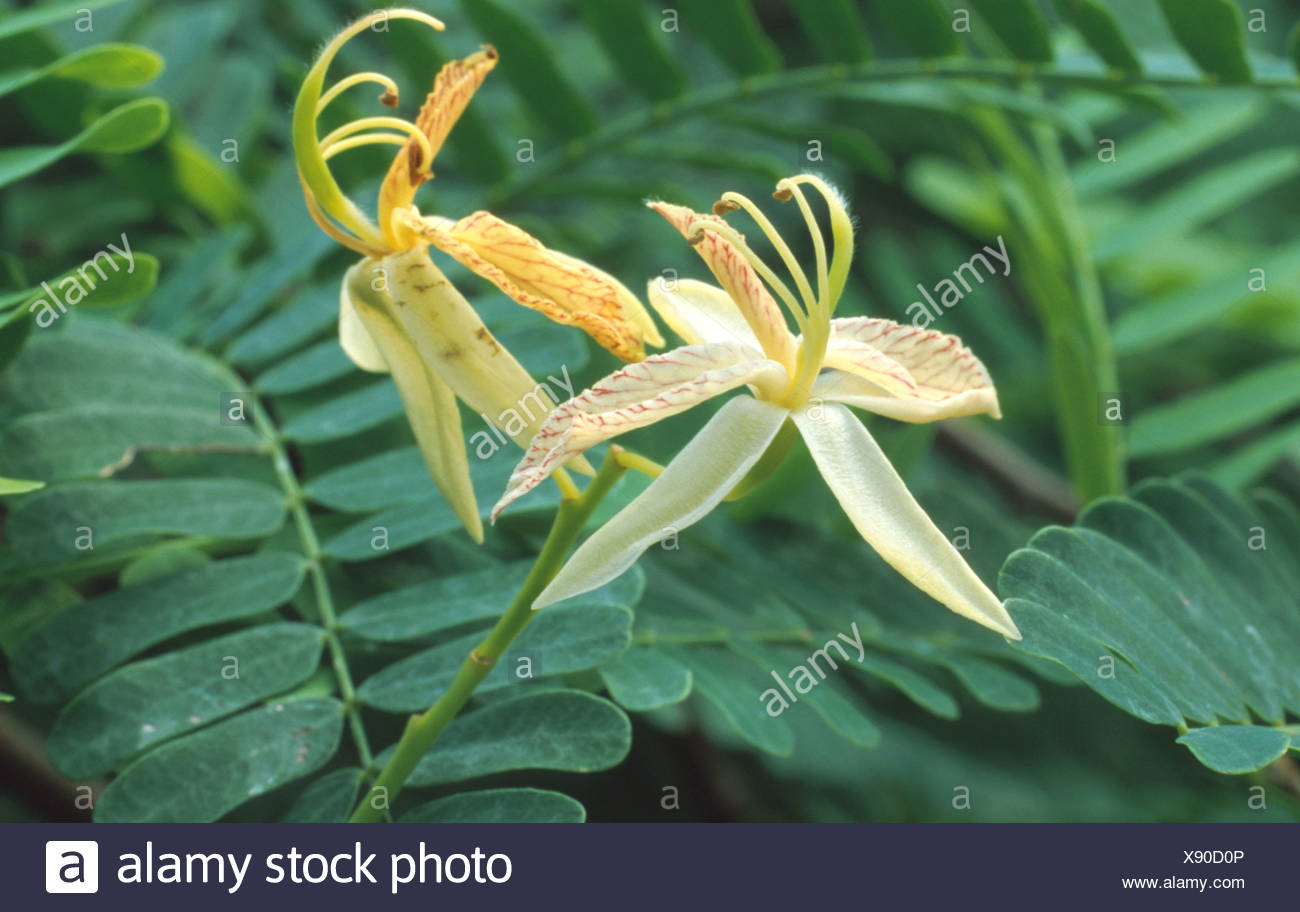


Tamarind Tamarindus Indica Flowers Stock Photo Alamy



Pdf Effect Of Tamarindus Indica Linn Against Isolated Goat Tracheal And Guinea Pig Ilium Preparation
May 22, 16 · Tetul or Tamarind (Tamarindus indica, family Leguminosae) is a large evergreen tree, with spreading canopy about as wide as the tree's heightIt can get a height of 30 m but is usually less than m It is native to tropical Africa and become naturalized in the tropical worldYoung shoots are deep green, shiny Oppostely arranged short stalked leaves are elliptic, shiny, smooth on both sides, about 4 inches long and 3 broad Flowers are small, greenishwhite, funnel shaped, borne in small clusters at the end of branches They have a disagreeable smellThe specific epithet indica refers to India Ethnobotanical Uses Edible Plant Parts (Edible Fruits) Food (Herb and Spice;Fruit & Vegetable) Cultural / Religious ( Heritage Tree There are currently 4 individuals of Tamarindus indica listed as Heritage Trees in Singapore The trees can be found in various parts of Singapore
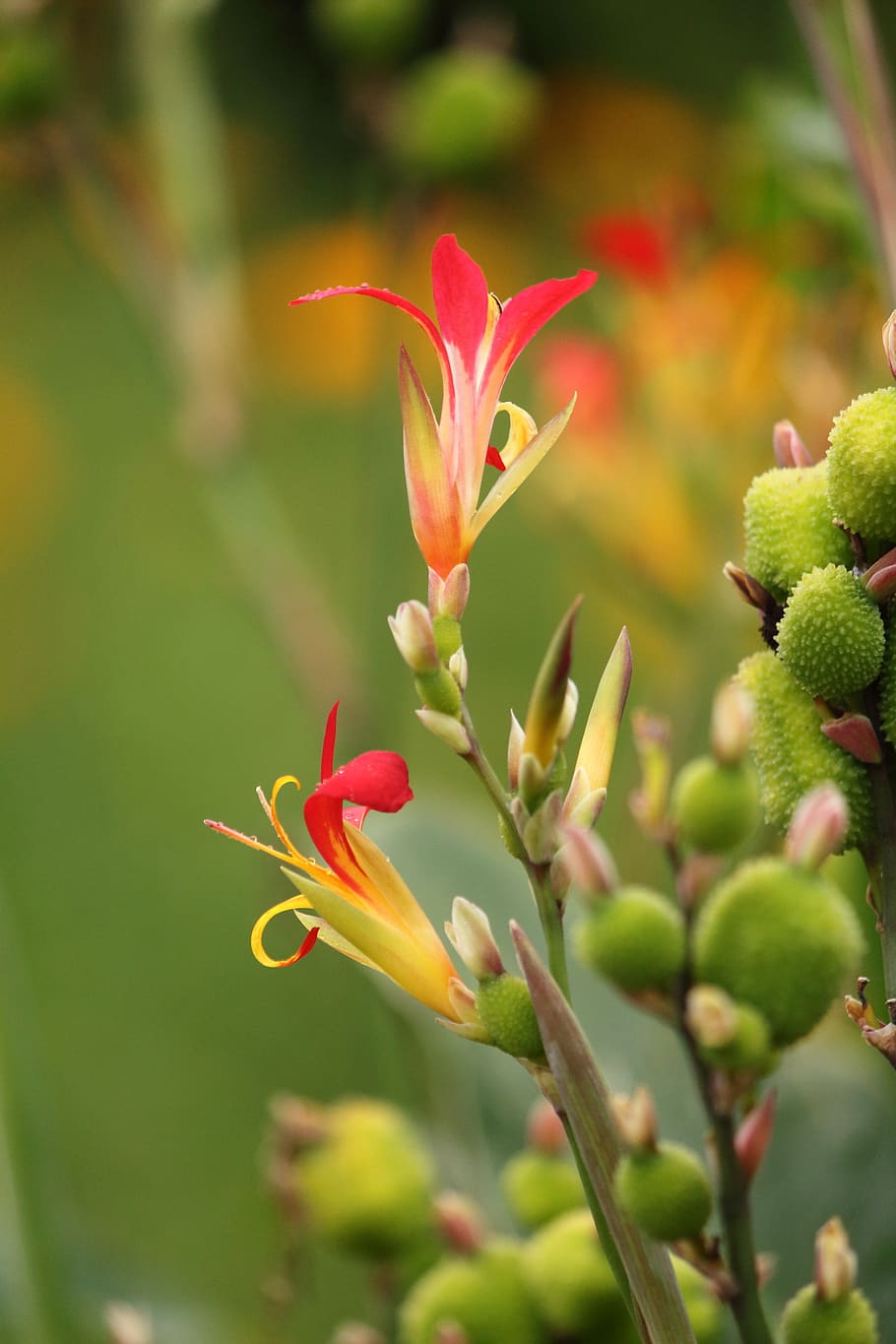


Page 2 Royalty Free Indica Photos Free Download Pxfuel
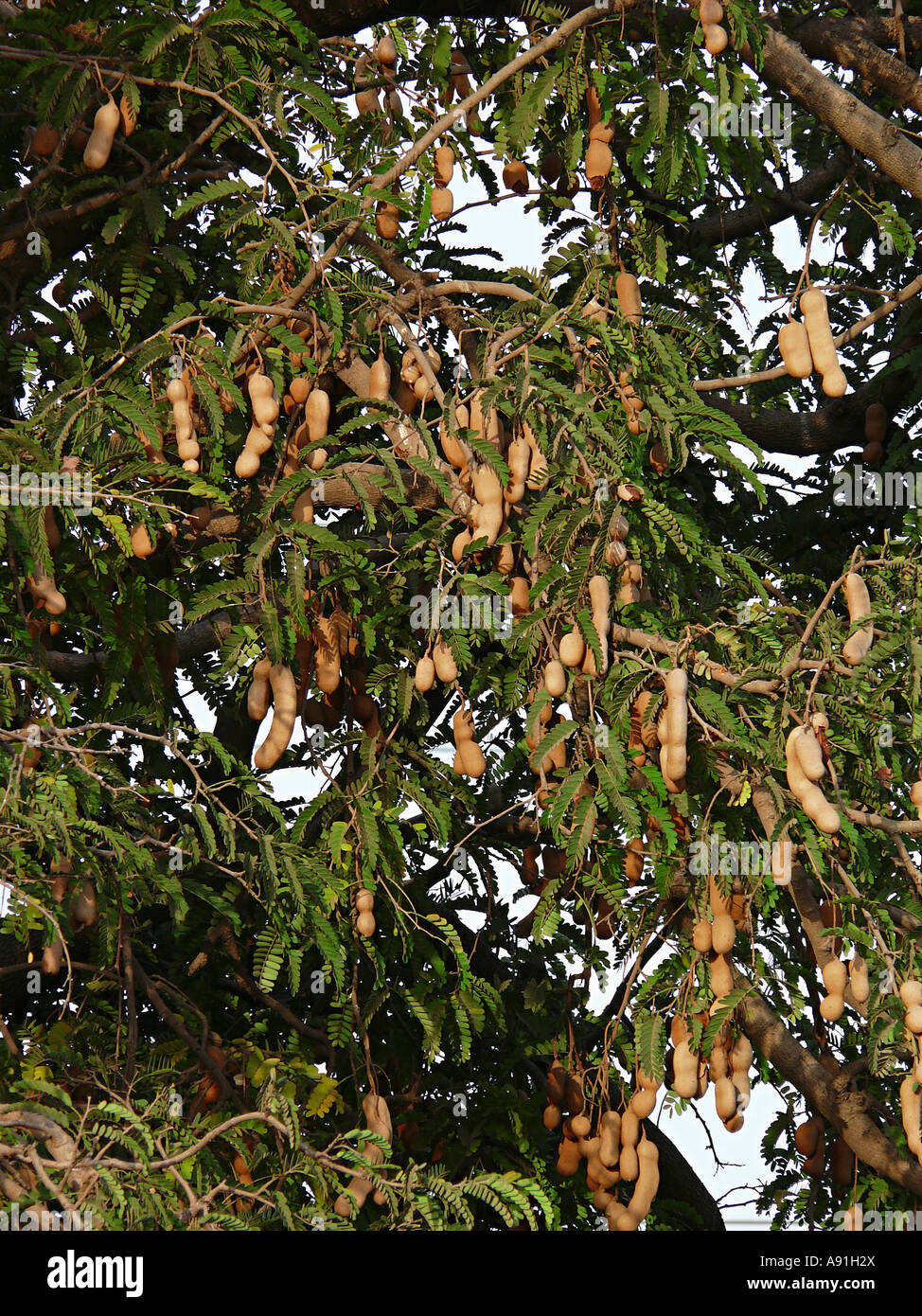


Tamarind Seed Scientific Name Is Tamarindus Indica Stock Photo Alamy
Botanical Name Tamarindus Indica Family Name Caesalpiniacae Common Name Tamarind, Tamarindo, Tamarin, Sampalok Part Used Roots, Fruits, Seeds Habitat Throughout india, especially in the south india and often cultivated Product offered Seeds, Fruit, Fruit pulp Uses The seeds are also edible and valuable for human consumption and are commonly sold on localTamarindus indica – Introduction in India and Culinary, Medicinal, and Industrial Uses NC Shah MS78, Sector D, Aliganj, Lucknow , Uttar Pradesh, India (email shahncdr@gmailcom) Abstract Tamarind or imli is a wellknown commodity ofCassia Tora and Obtusifolia are two very similar looking and seeds that are wildly grown in many parts of India Tamarind Xyloglucan Tamarind seed polysaccharide is obtained from the seed of Tamarindus indica that belongs to the family leguminoseae
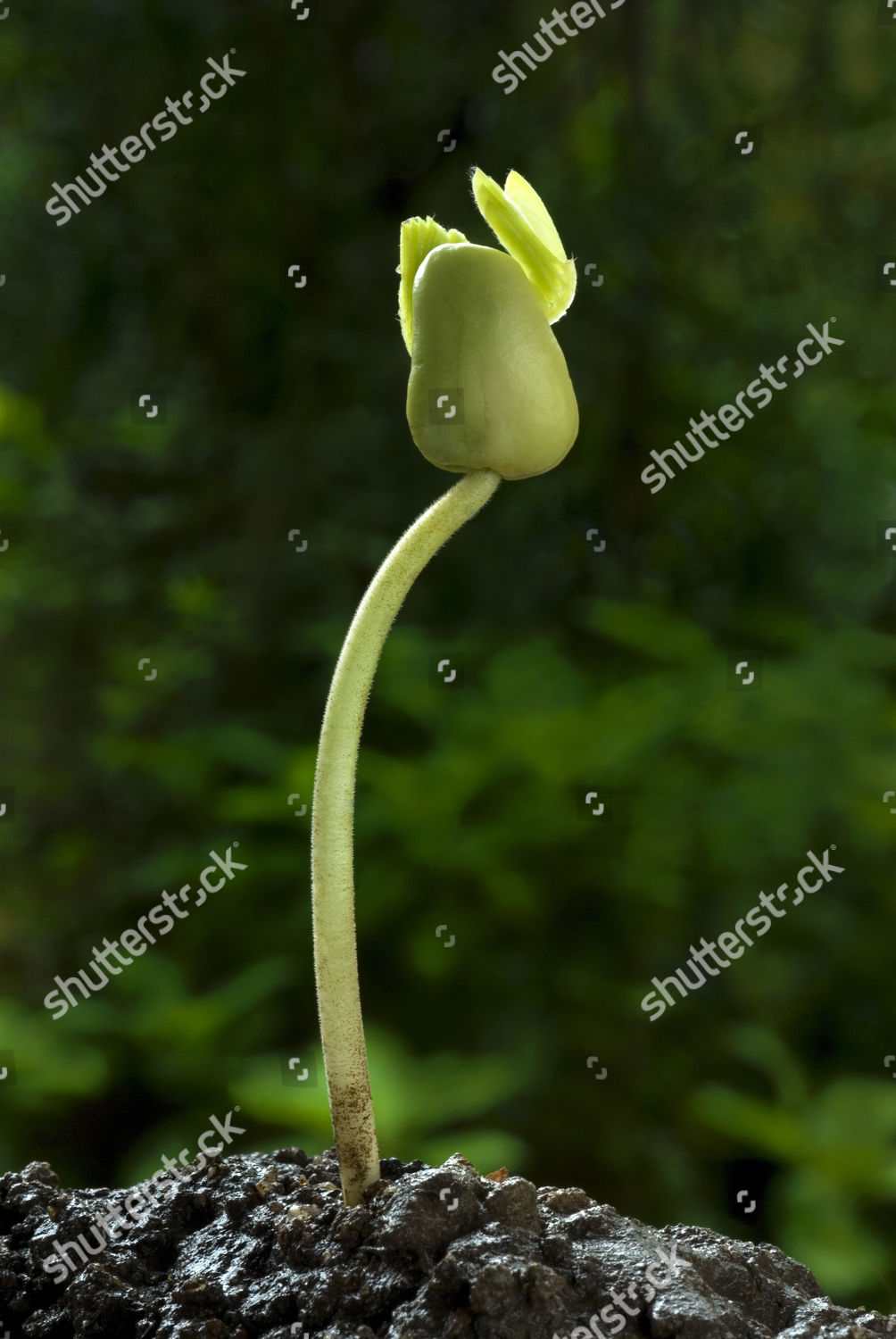


Tamarind Tamarindus Indica Germinating Seed Shoot Trivandrum Editorial Stock Photo Stock Image Shutterstock



Tamarindus Indica L Species India Biodiversity Portal
T indica flower ethanol extracts were shown to have a hepatoprotective role in Wister rats with isoniazid and rifampicininduced hepatotoxicity13 6 Antipyretic activity Polysaccharide from Tamarindus indica significant antipyretic activity was shown against bacterial pyrogen and pyrexiainduced polysaccharide14 7 Antiemetic activityThe tamarind (Tamarindus indica) is a semievergreen tropical tree that produces edible leaves, flowers and pods It is indigenous to tropical Africa and nonnative to Asia and Central America Benefits having Tamarindus Indica at home Tamarind can be used for constipation, liver and gallbladder problems, and stomach disorders How to careSeeds and leaves eaten raw of pounded and mixed with other grains The Santal tribe, of northeastern India, combine the seeds with the flowers of Bassia longifolia var lattifolia Roxb Nigeria (Kano State, northern) pods, leaves, fruits, seeds and flowers eaten
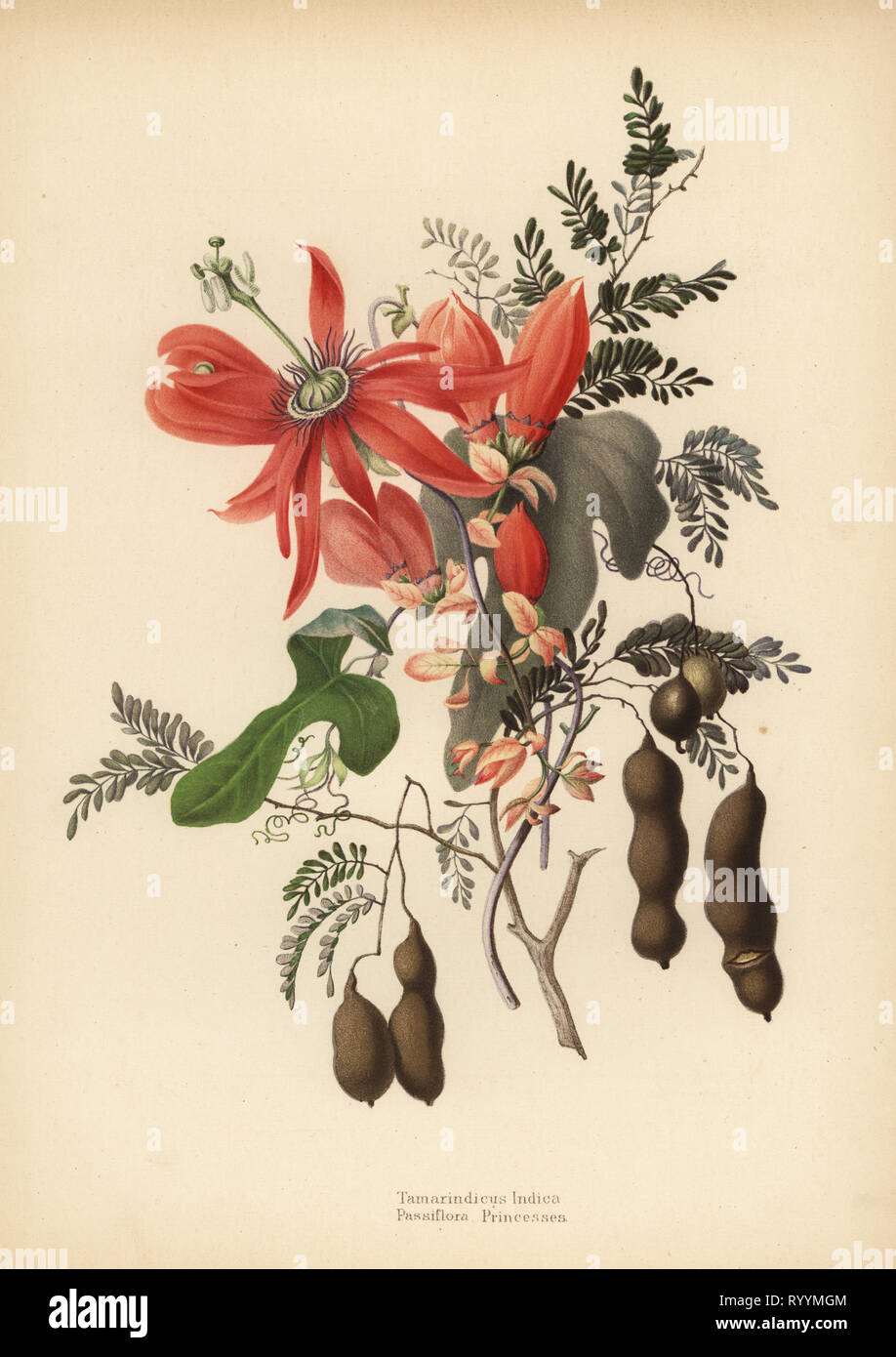


Tamarind Tamarindus Indica And Red Passionflower Passiflora Racemosa Passiflora Princeps Chromolithograph After A Botanical Drawing By Emily Eden From Her Flowers From An Indian Garden Second Series Hope Breidenbach Co Dusseldorf



Tetul Tamarind Tamarindus Indica
Tindica is used as traditional medicine in India, Africa, Pakistan, Bangladesh, Nigeria,and most of the tropical countries It is used traditionally in abdominal pain, diarrhea and dysentery, helminthes infections, wound healing, malaria and fever, constipation, inflammation, cell cytotoxicity, gonorrhea, and eye diseasesTamarindus indicaL, commonly known as Tamarindtree is one of the most important multipurpose tropical fruit tree species in the Indian subcontinent Tamarind fruit was at first thought to be produced by an Indian palm, as the name Tamarind comes from a Persian word "TamarIhind," meaning date of IndiaTamarindus umbrosa Salisb );
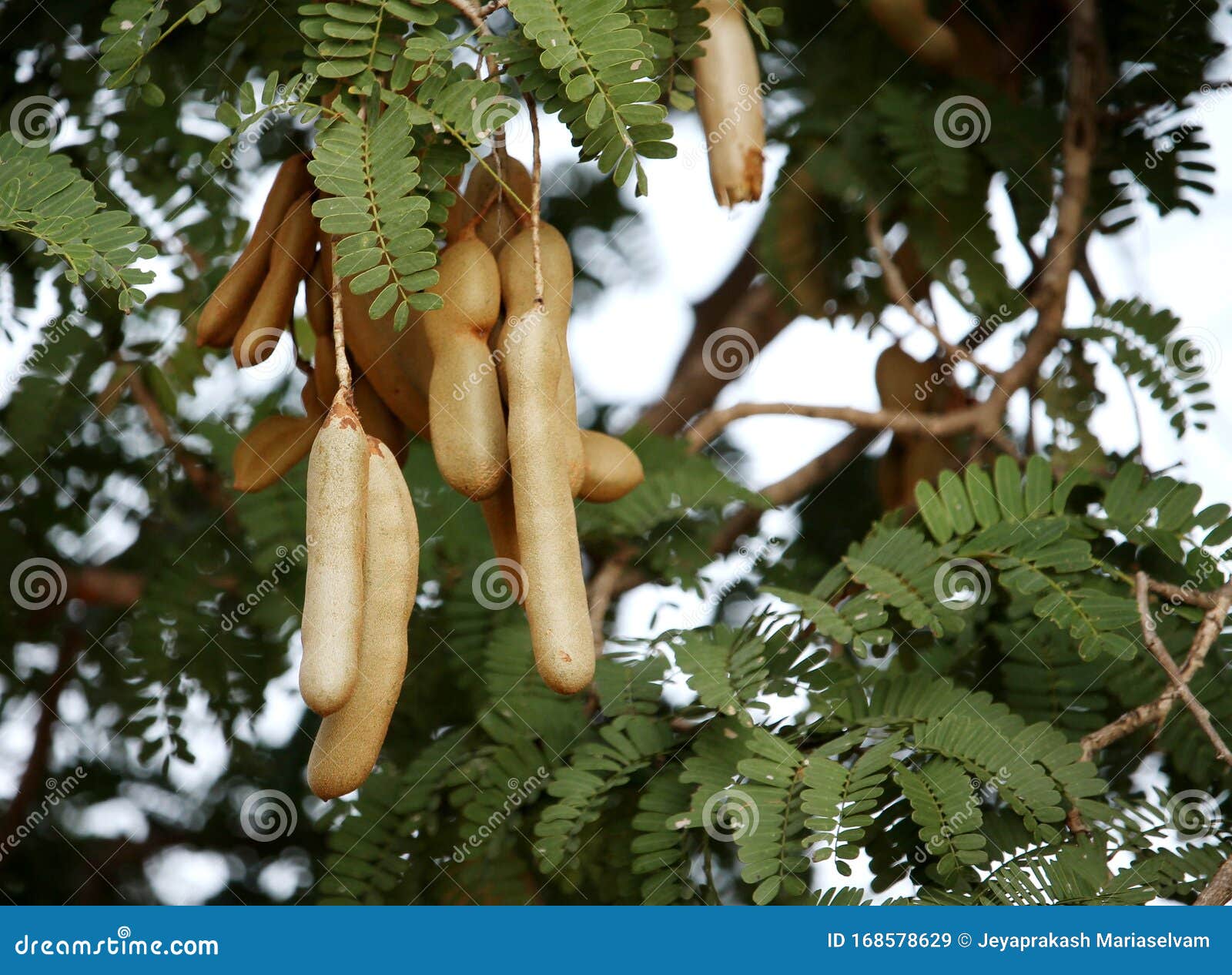


Tamarindus Indica On A Tree Stock Image Image Of Tree Indian



Characteristics Of Tamarind Tree Tamarindus Indica In The Wild Names Of Trees
Botanical Name Tamarindus indica Sanskrit name Tintrini Hindi Name Imli The name Tamarind is derived from the Arabic word, TamarHind meaning Indian Date Although tamarind has been used in India from the most remote times against scurvy, it is also known for its effectiveness against mouth and throat infectionsIn clusters on 6 in (152 cm) pendulant raceme 1 FruitSep 08, 19 · to the nectiferous flowers Tamarindus indica is known by different names in the world Its English name is "tamarind" based on Arabic name of that plant "tamr alhindi" means the date of India Similar names are found all over Europe, eg, Estonian, Swedish and Russian In Italian and Spanish, it is


Tamarindus Indica L Plants Of The World Online Kew Science



Seeds Of Tamarindus Indica Indian Tamerint Tamarind Tree Seeds For Sowing Sold By Hoxem On Storenvy
Tamarindus L is a monospecific genus In the past a distinction was made between tamarinds from the West and the East Indies — West Indies Tamarindus occidentalis pod up to 3 times longer than wide, containing 1—4 seeds;Leaflets generally 10 pairs, subTamarindus Tamarindus indica L (T indica), belongs to the family Leguminosae (Fabaceae), commonly known as Tamarind tree, is one of the fruit tree species that is



Amazon Com 25 Semillas De Tamarindus Indica Tamerina India Semillas De Arbol De Tamarind Empalme Las Semillas Para Acelerar La Germinacion Jardin Y Exteriores
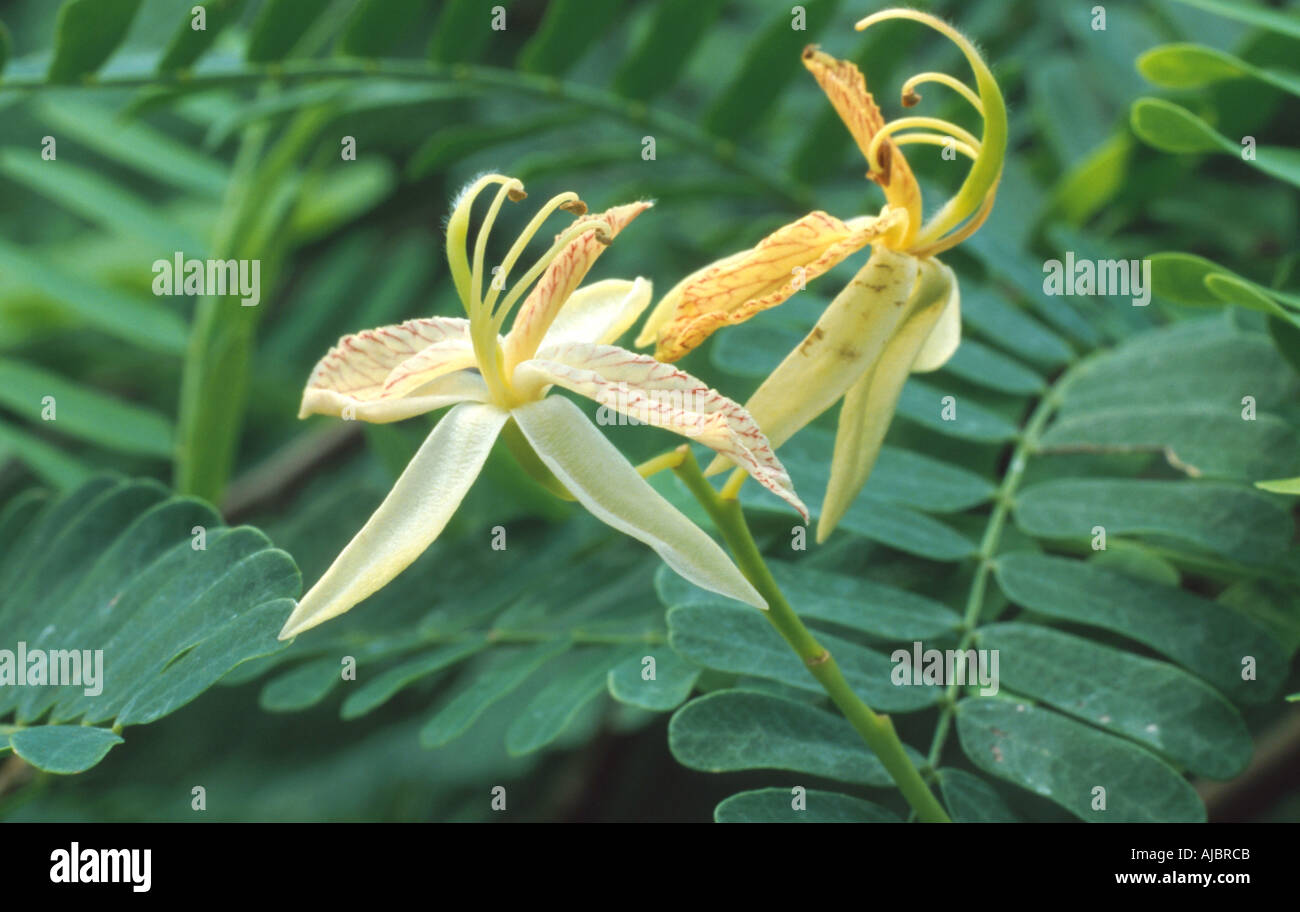


Tamarind Tamarindus Indica Flowers Stock Photo Alamy
Table 1 Native species for different agroclimatic zones of India Central Highlands Agroclimatic zone Central Highlands (1) Central Highlands (2) Soil type Red and black soils Medium to dark black soils Climatic condition Subhumid Semiarid Shrubs with fragrant flowers Lawsonia alba Tabernaemontana coronariaBotanical nameTamarindus indica FamilyCaesalpiniaceae(Gulmohar family) Tamarind is a very common large tree with a short massive trunk, fernypinnate leaves, small yellow flowers and fat reddish brown pods The tree canget 90 ft tall but is usually less than 50 ft It has ashort, stocky trunk, drooping branches and a domed umbrella shaped crown aboutas wide as the tree's heightSep 01, 14 · ABSTRACT Tamarindus Tamarindus indica L (T indica), belongs to the family Leguminosae (Fabaceae), commonly known as Tamarind tree, is one of the fruit tree species that is used as traditional medicineThe aim of this article is to review the current literatue on health related effect of T indicaLiterature review about this plant was conducted between 03 and 14
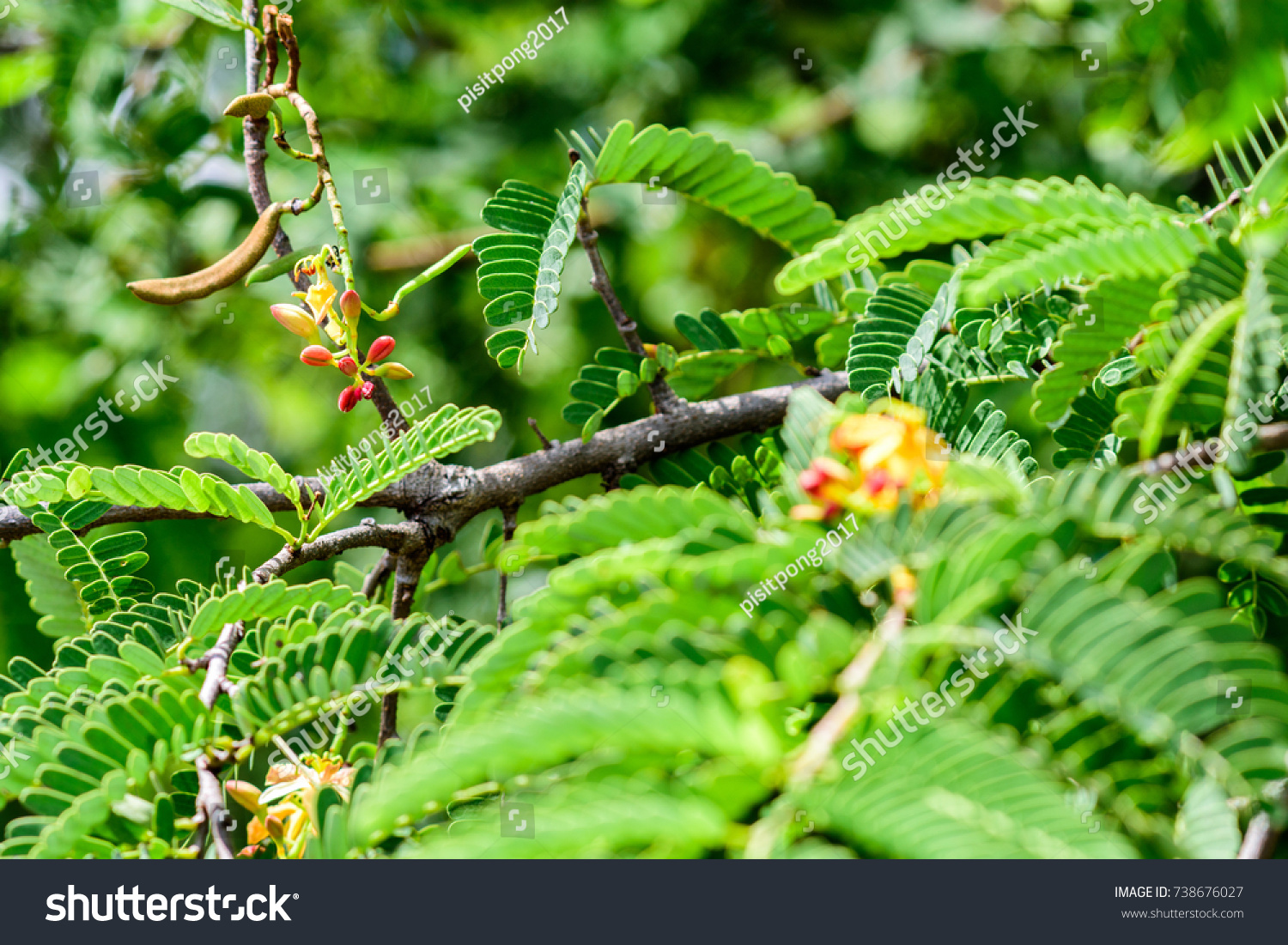


Tamarindus Indica Tamarind Indian Date Tamr Stock Photo Edit Now
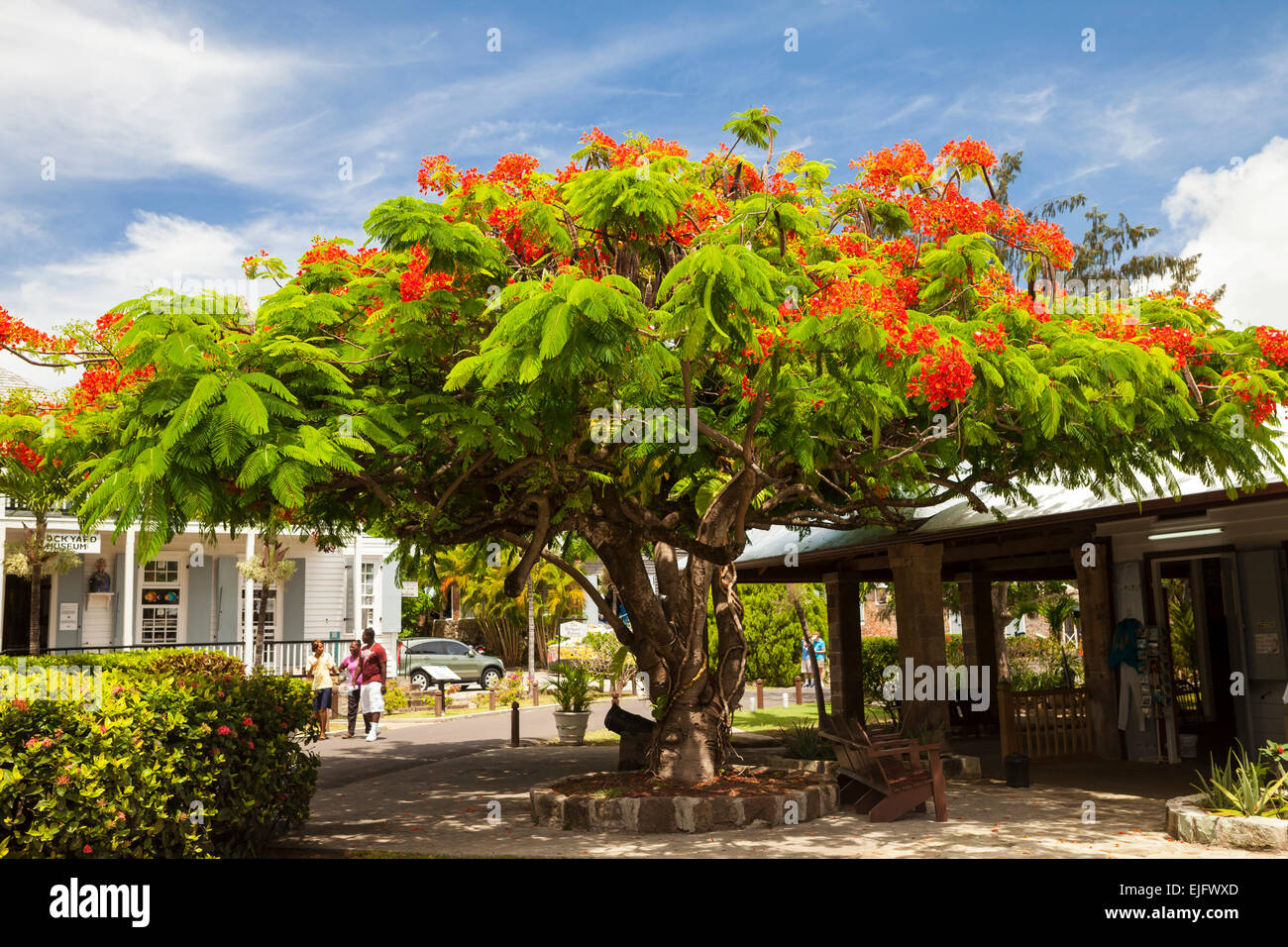


Tamarind Plant Fotos E Imagenes De Stock Alamy
Bracteoles 2, ca 1 cm, enclosing flower bud before anthesis Calyx tube ca 7 mm;— East Indies Tamarindus indica pod up to 6 times or more longer than wide, containing 6—12 seedsTamuhRINdus from the Arabic tamar



Tamarindus Indica Tamarind Page 1 Line 17qq Com



Tetul Flower ত ত ল Tamarind Tamarindus Indica Flowers Tropical Garden Beautiful Flowers
Tamarindus indica L (Syn Tamarindus occidentalis Gaertn;Tamarindus indica grows in woodland, savannah and bush areas, often associated with termite mounds It prefers dry and semiarid areas and wooded grassland, but can also be found growing in valleys and along stream, ponds and riverbanks at low to medium altitudes (~1000 m to 1500 m)For that reason, we decided to collect, document and compare detailed data on traditional uses, phytochemistry and pharmacology for fruit pulp, seeds, leaves and flowers, and bark of the tamarind treeThe literature search was done by using the following search terms 'tamarind' and 'Tamarindus indica'



Pin On Viragok



Tamarind Flowers Tamarindus Indica Flowers Stock Photo Edit Now
Aug 07, 18 · Introduction The following details are about Growing Tamarind Fruit The Tamarind is scientifically named as Tamarindus indicaIt belongs to pea family called FabaceaeIt is an evergreen tree The native place for the tamarind is tropical Africa and is believed to have originated in Madagascar, but now it is extensively cultivated in India, Myanmar, Bangladesh, Sri Lanka,Nov 02, · By Maryann Readal The tamarind tree (Tamarindus indica) is one of many tropical herbal treesIts leaves, bark, wood, roots, and fruits have many uses The tamarind tree is also an evergreen, longlived landscape tree, reaching a height of 40 to 60 feet tall and a width of up to 25 feet wide Its pinnate leaves close up at night



Tetul Tamarind Tamarindus Indica
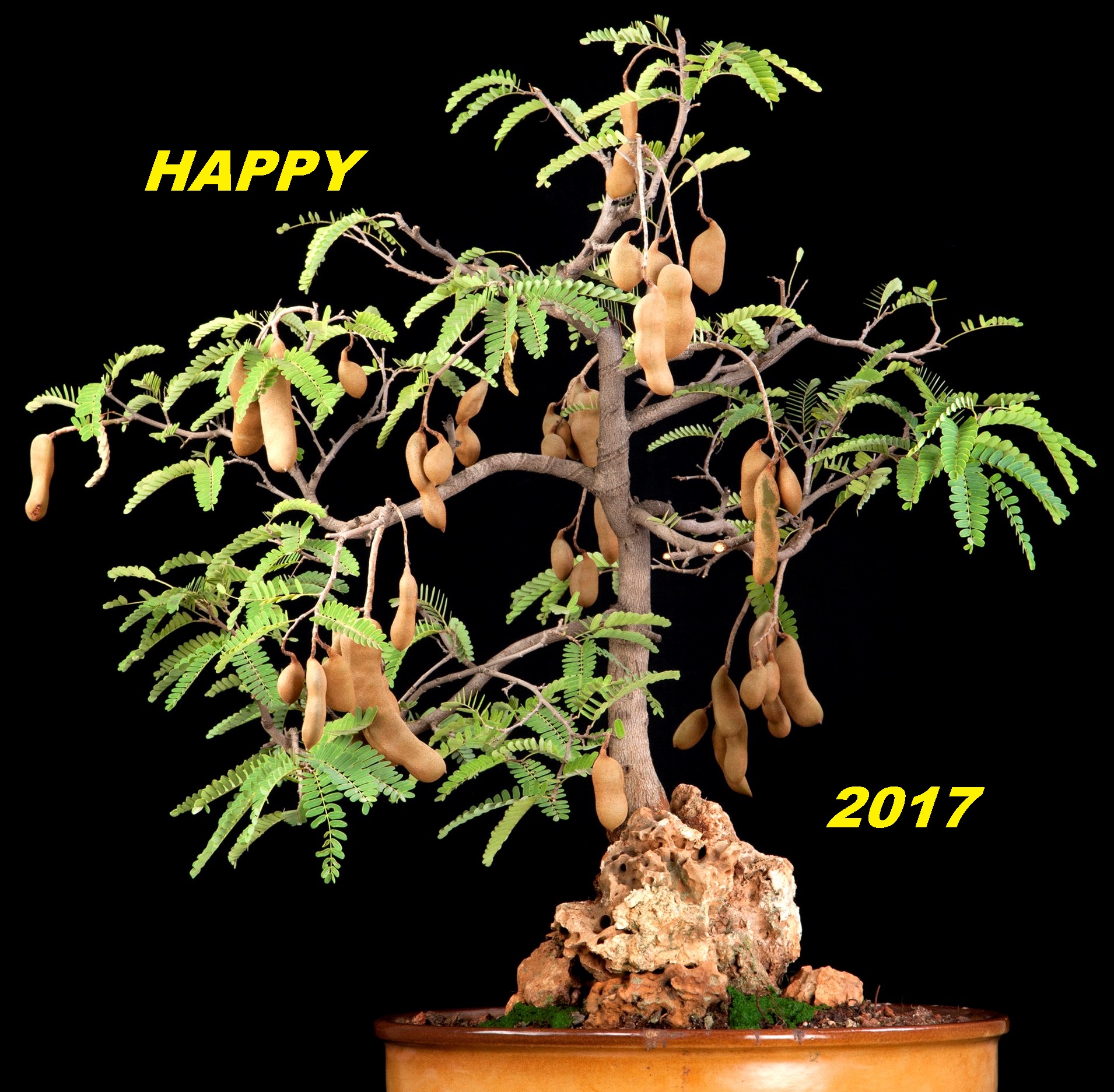


Tamarindus Indica Bonsai i



Pdf Tamarindus Indica L And Moringa Oleifera M Extract Administration Ameliorates Fluoride Toxicity In Rabbits



Great Tamarind Tree Page 1 Line 17qq Com



Tamarindus Indica Tamarind Tree Seeds Orchid Like Blooms Container Bonsai Garden 10 Seeds Buy Online In India At Desertcart In Productid 794


Tamarindus Indica L Plants Of The World Online Kew Science


Italiano Tamarindus Indica Sistematica Etimologia Habitat Coltivazione



Pin En Fruits Frutas



Pdf Tamarind Tamarindus Indica



Tamarind High Res Vector Graphic Getty Images



Buy Golden Hills Farm Live Plant Tamarind Tamarindus Indica For Balcony Gardening Plant 1 Healthy Fruit Live Plant Online At Low Prices In India Amazon In



Free Images Nature Branch Fruit Leaf Autumn Botany Flora Season India Sour Medicinal Woody Plant Land Plant Tamarind Tree Tamarindus Indica 39x2655 Free Stock Photos Pxhere


Tamarindus Indica L Plants Of The World Online Kew Science


Tamarindus Indica L Plants Of The World Online Kew Science



Tamarind 3 Thai Sweet Flower 3 Flowers And Young Fruits Flickr



Tamarindus Indica Tamarind Tree In The Indian Countryside Andhra Stock Photo Alamy
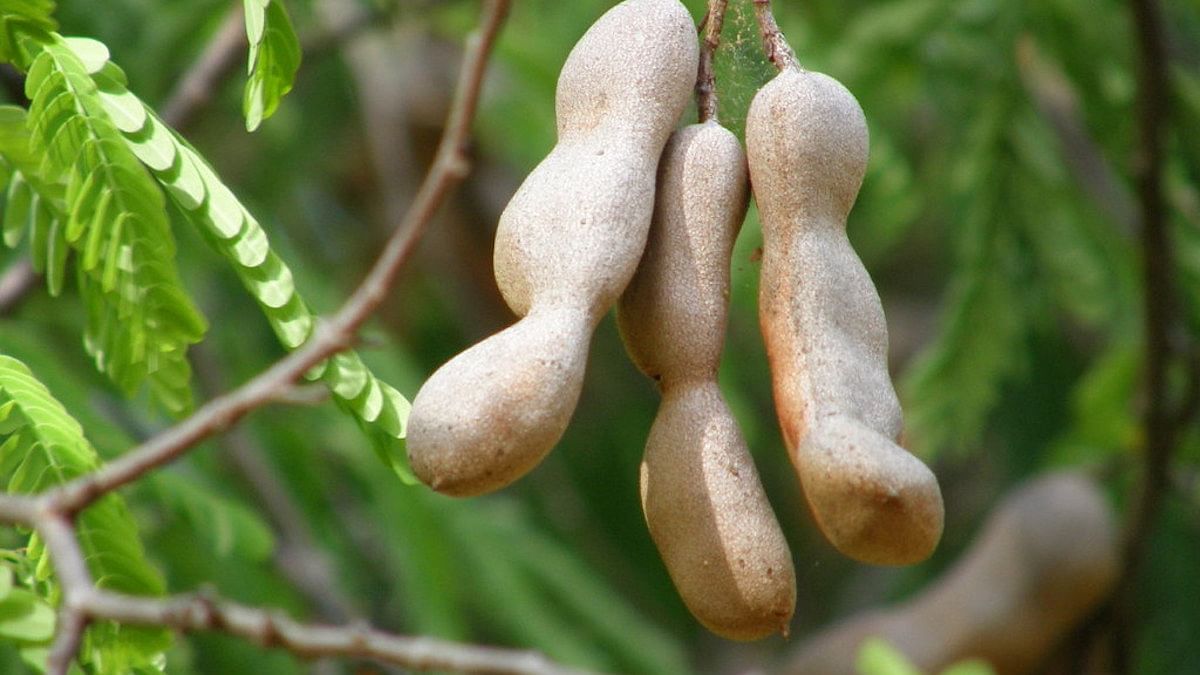


Babur To Wwii To Sonia Gandhi All Connected Through Tamarind Tree In India



Tamarind Bonsai Tree Tamarindus Indica Youtube



Characteristics Of Tamarind Tree Tamarindus Indica In The Wild Names Of Trees



Saflax Gift Set 4 Seeds Tamarind Tamarinier Dattier D Inde Dattero Dell India Tamarindo Tamarinde Indischer Dattelbaum Fruugo No



Tamarind Tamarindus Indica Or Indian Date Vector Image
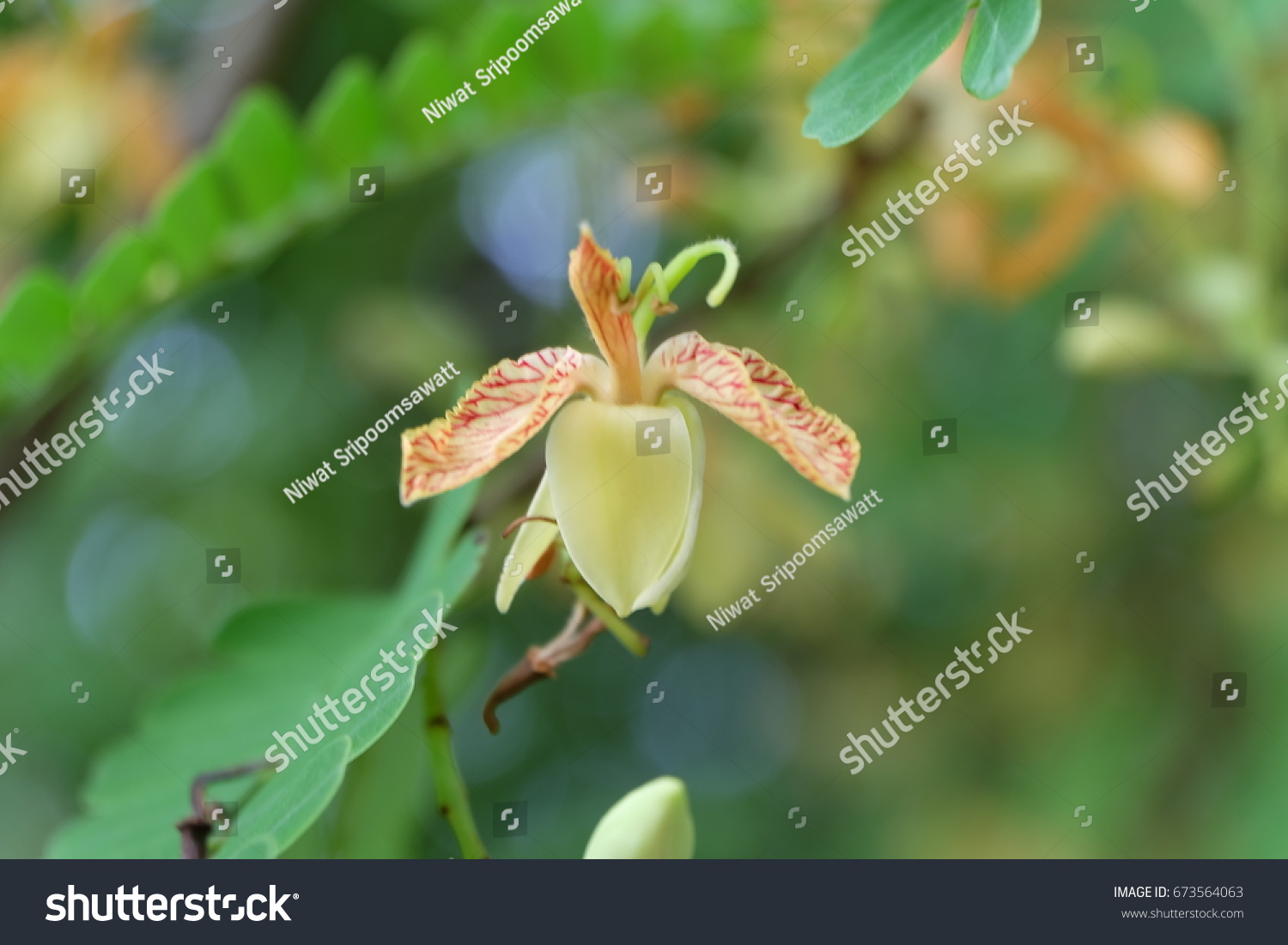


Tamarind Tamarindus Indica L Common Name Stock Photo Edit Now



Close Up Of Tamarind Flower Tamarindus Indica Stock Photo Picture And Royalty Free Image Image



Tamarindus Indica Flowers Tamarind Is A Legume Tree Native Flickr



Indian Trees Tamarindus Indica Imli Flower
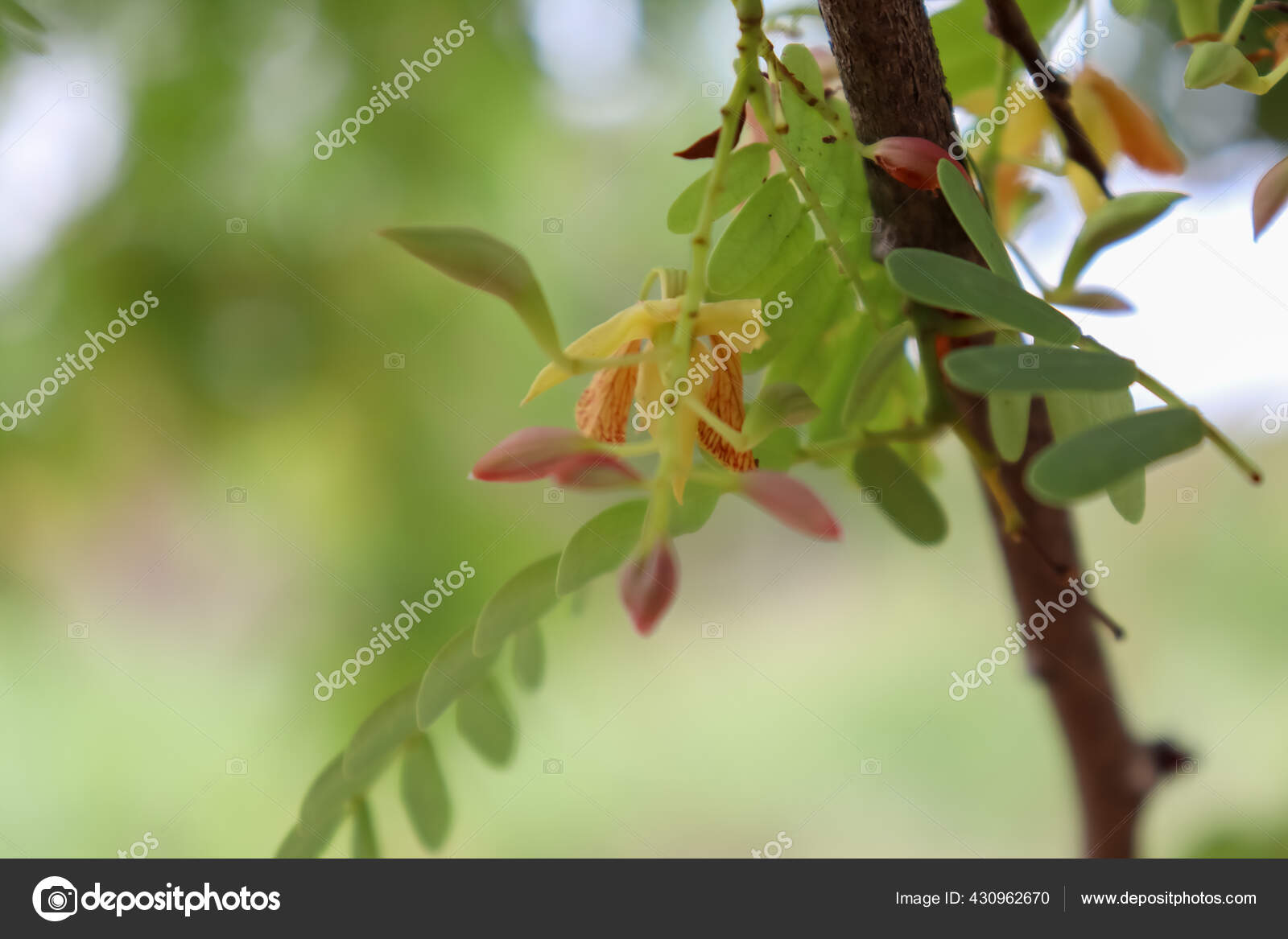


Fotos De Tamarindus Indica Imagenes De Tamarindus Indica Descargar Depositphotos
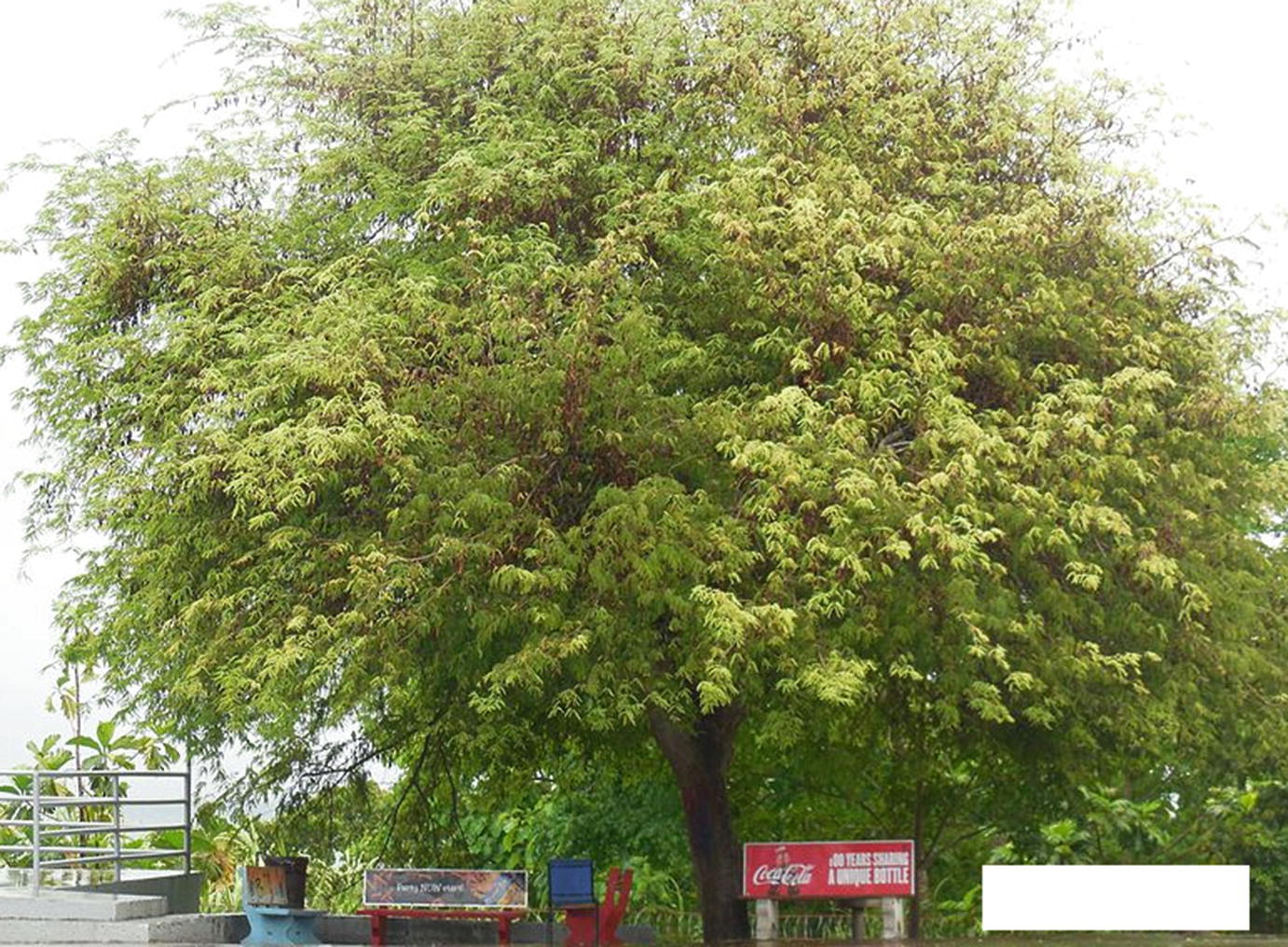


Tamarindus Indica Phytochemical Constituents Bioactive Compounds And Traditional And Medicinal Uses Springerlink



Characteristics Of Tamarind Tree Tamarindus Indica In The Wild Names Of Trees



Tamarindus Indica Page 1 Line 17qq Com



Tamarindus Indica Flower Neat



Extraction Of B Galactosidase And B Glucosidase From The Seeds Of Tamarindus Indica By M Mezbanur Rahman Issuu



Oxford University Plants 400 Tamarindus Indica
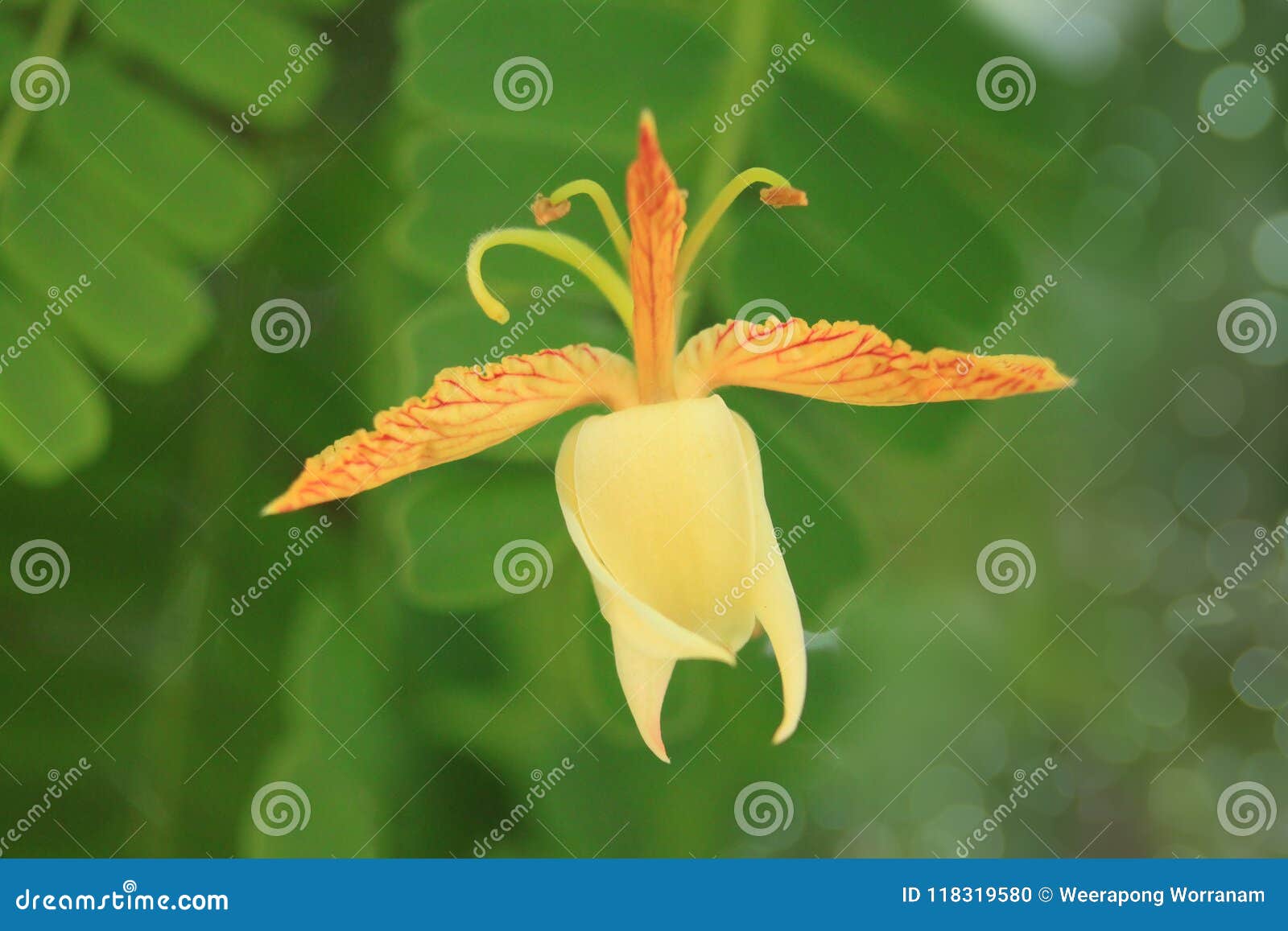


Foco Borroso Y Suave De La Suavidad Del Tamarindo Fecha India Tamarindus Indica Leguminosas Caesalpinioideae Planta De La Fl Foto De Archivo Imagen De Fecha Agricultura
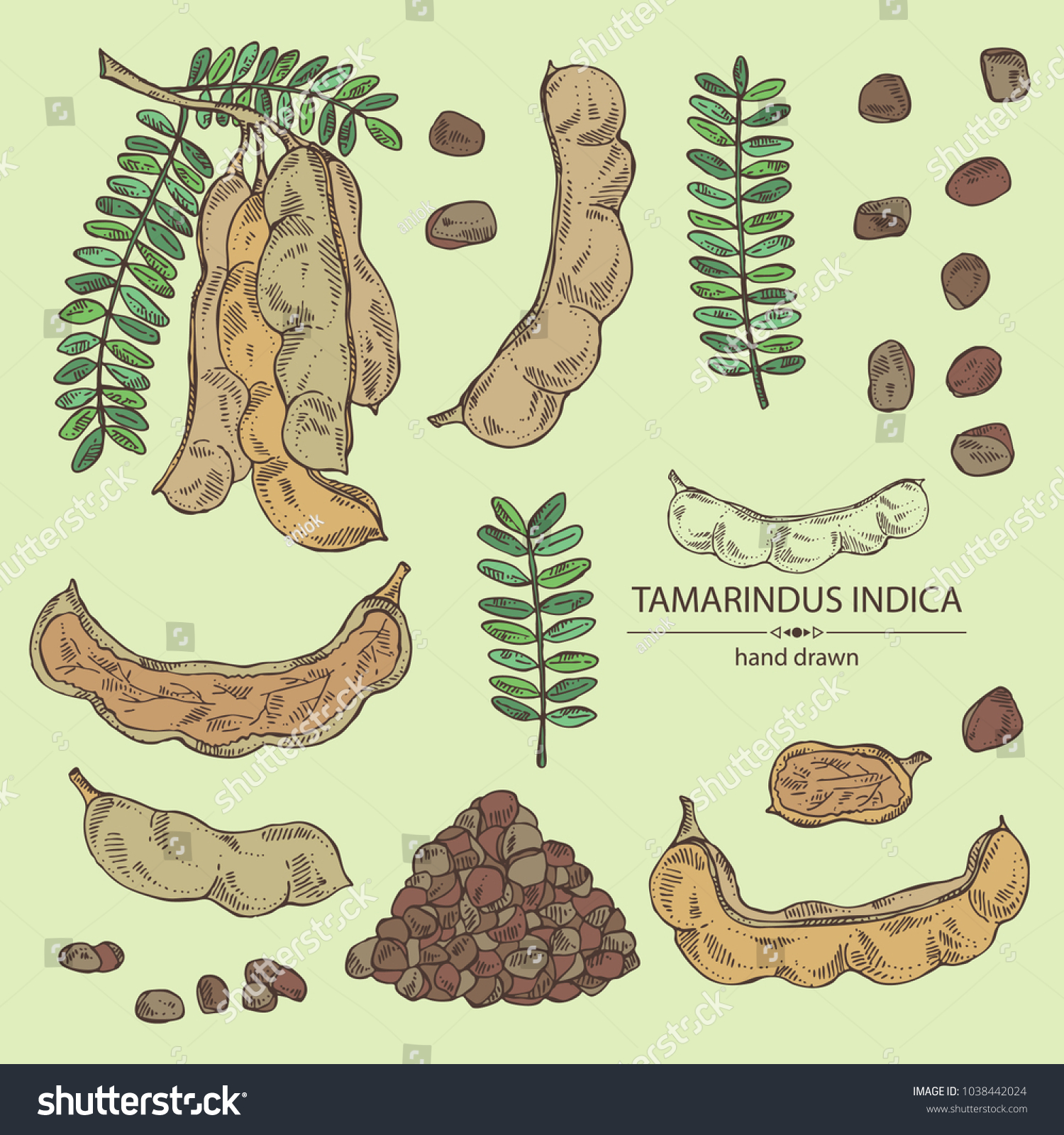


Plant And Tamarindus Seeds Vector Hand Drawn Illustration



Cinnamomum Iners Medang Teja Landscaping Plants Plants Landscape
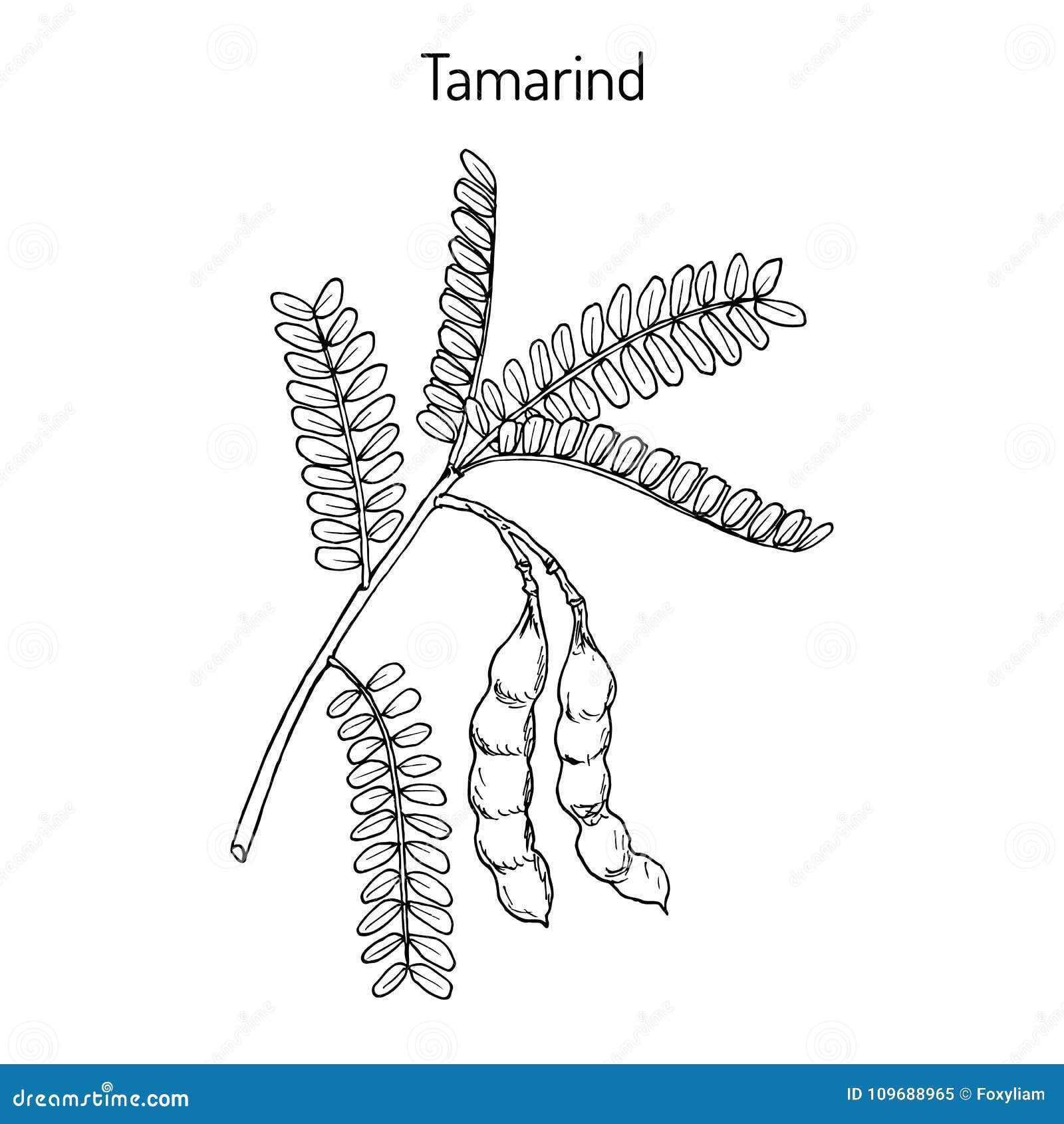


Tamarindus Stock Illustrations 78 Tamarindus Stock Illustrations Vectors Clipart Dreamstime



Tamarind Tamarindus Indica Inaturalist Nz



Tamarind 1 Thai Sweet Flower 1 To The Arab Traders Visi Flickr
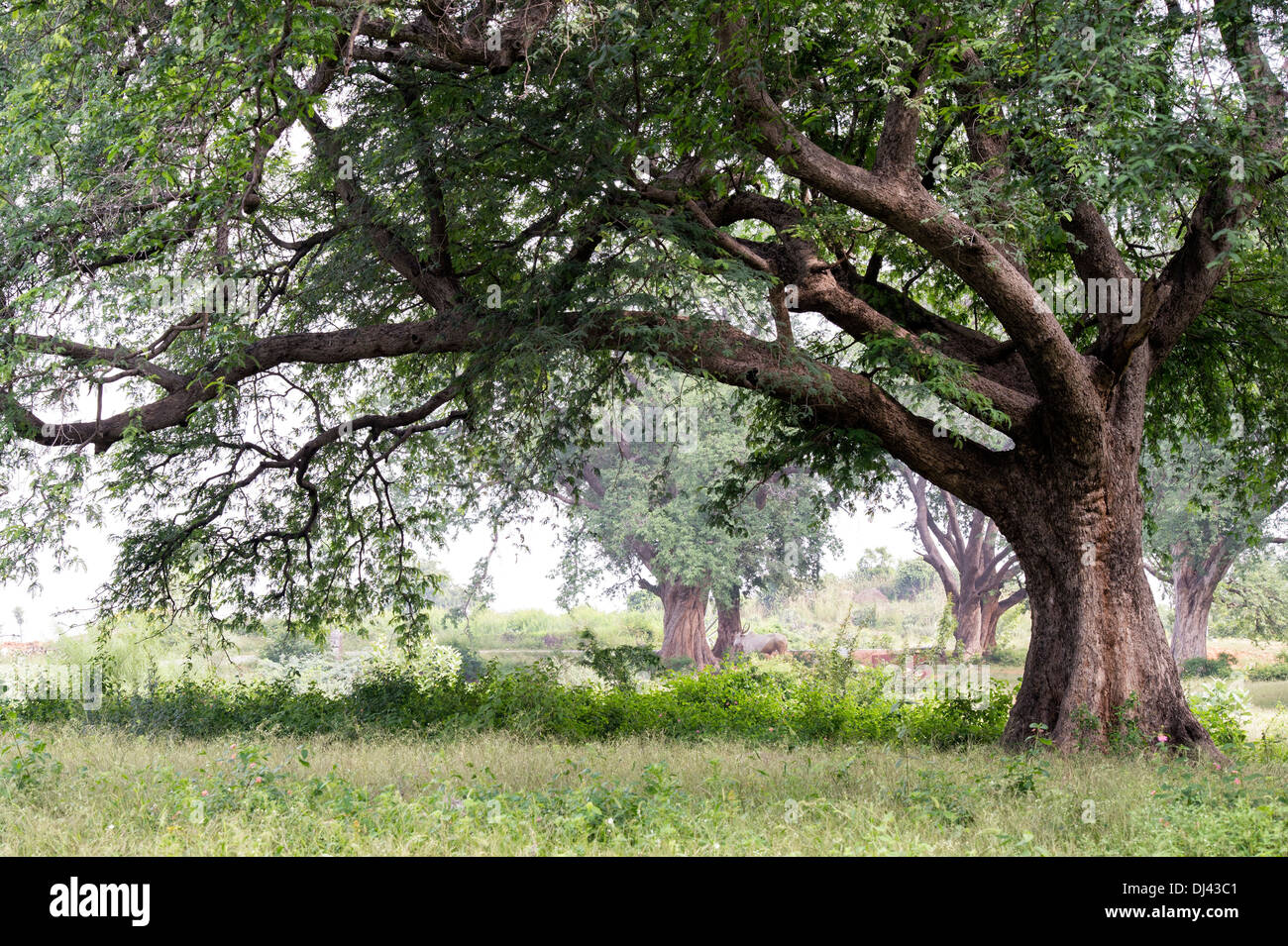


Tamarindus Indica Fotos E Imagenes De Stock Alamy



Tamarind Food And Drink Cookbooks Food Wine


Tamarind Wikipedia



Cinnamomum Iners Medang Teja Landscaping Plants Plants Landscape



Tamarindus Indica Flower Are Blooming Stock Photo Picture And Royalty Free Image Image



Pdf Pharmacognostical And Phytochemical Characterisation Of Cork And Seed Of Tamarindus Indica Linn



Pdf Tamarindus Indica Introduction In India And Culinary Medicinal And Industrial Uses Semantic Scholar
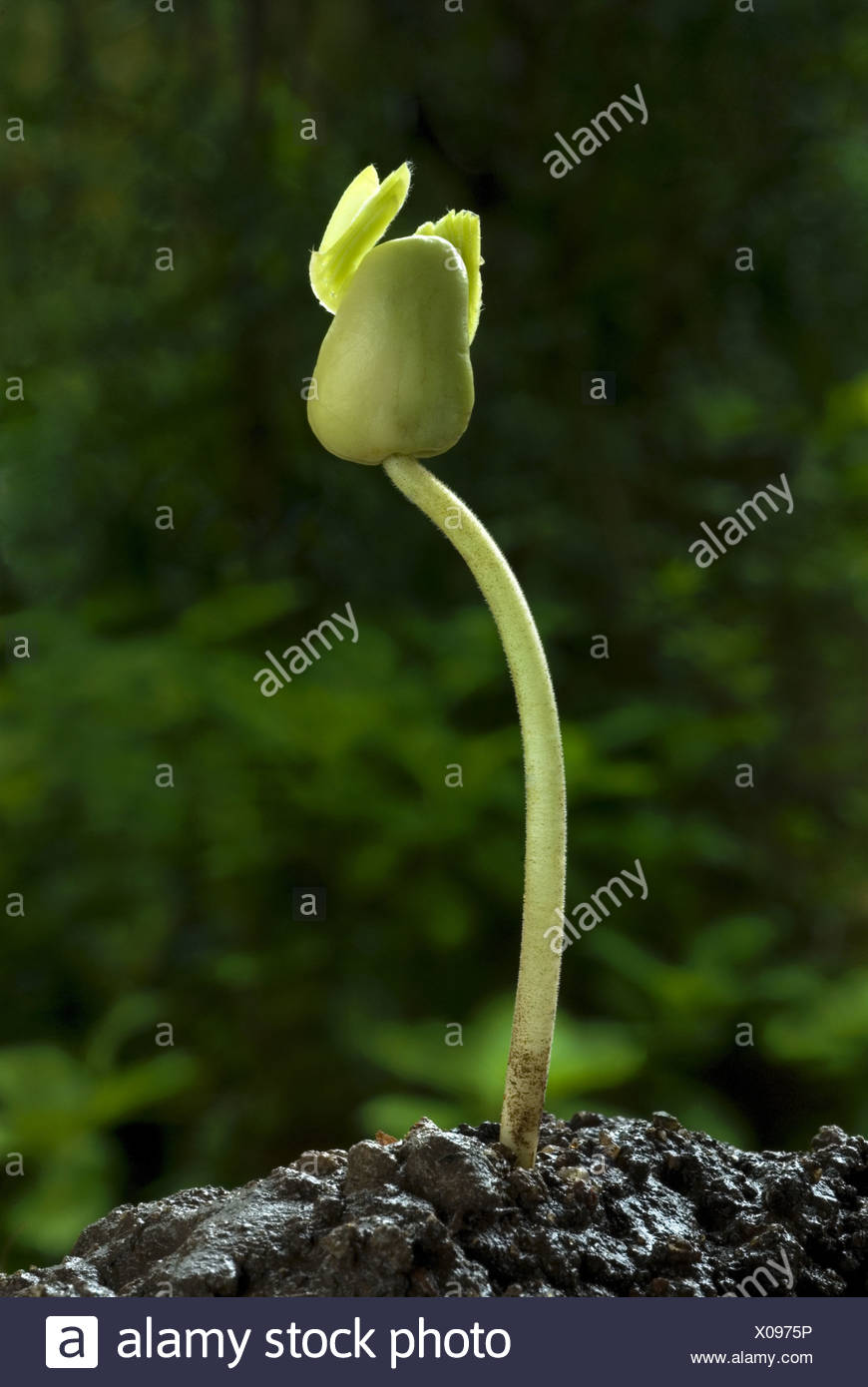


Tamarind Tamarindus Indica Germinating Seed With Shoot Trivandrum Kerala India Stock Photo Alamy
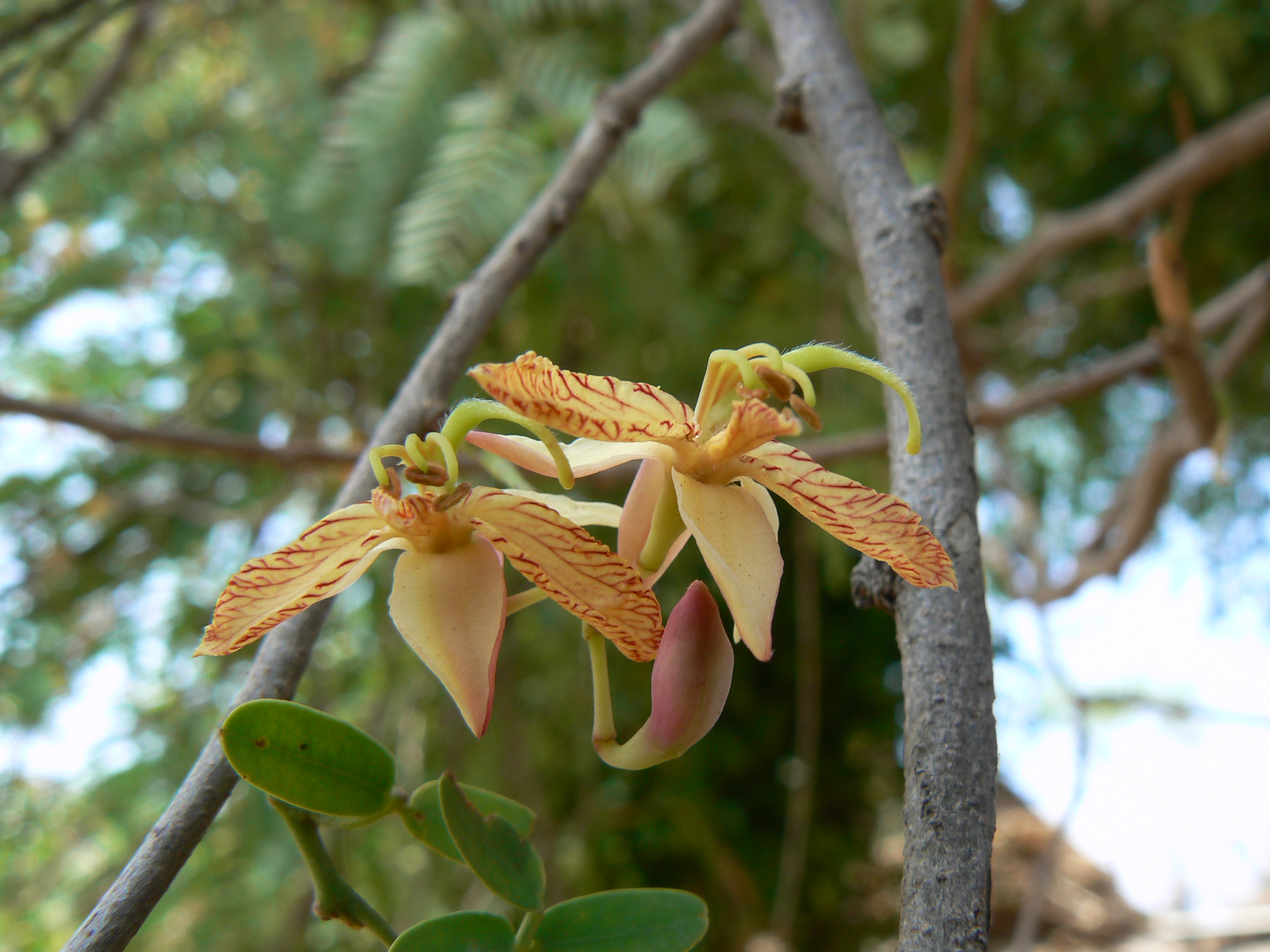


File Tamarindus Indica Jpg Wikimedia Commons



Saflax Gift Set 4 Seeds Bonsai Tamarind Dattier D Inde Tamarindo Dattero Dell India Tamarindo B Tamarinde Fruugo Lu



Amazon Com 25 Semillas De Tamarindus Indica Tamerina India Semillas De Arbol De Tamarind Empalme Las Semillas Para Acelerar La Germinacion Jardin Y Exteriores



Pdf Genetic Diversity Of Tamarindus Indica Populations Any Clues On The Origin From Its Current Distribution
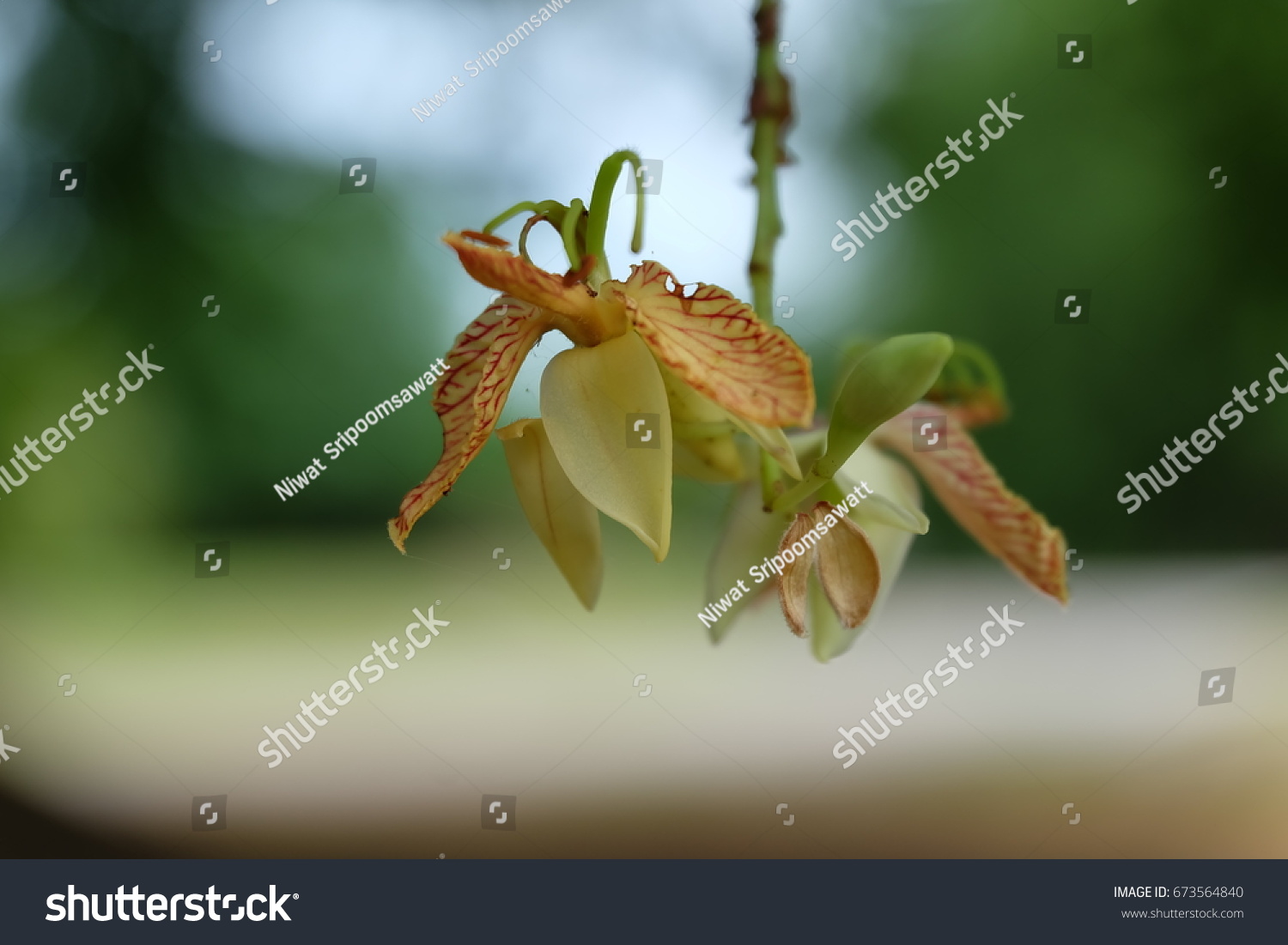


Tamarind Tamarindus Indica L Common Name Stock Photo Edit Now
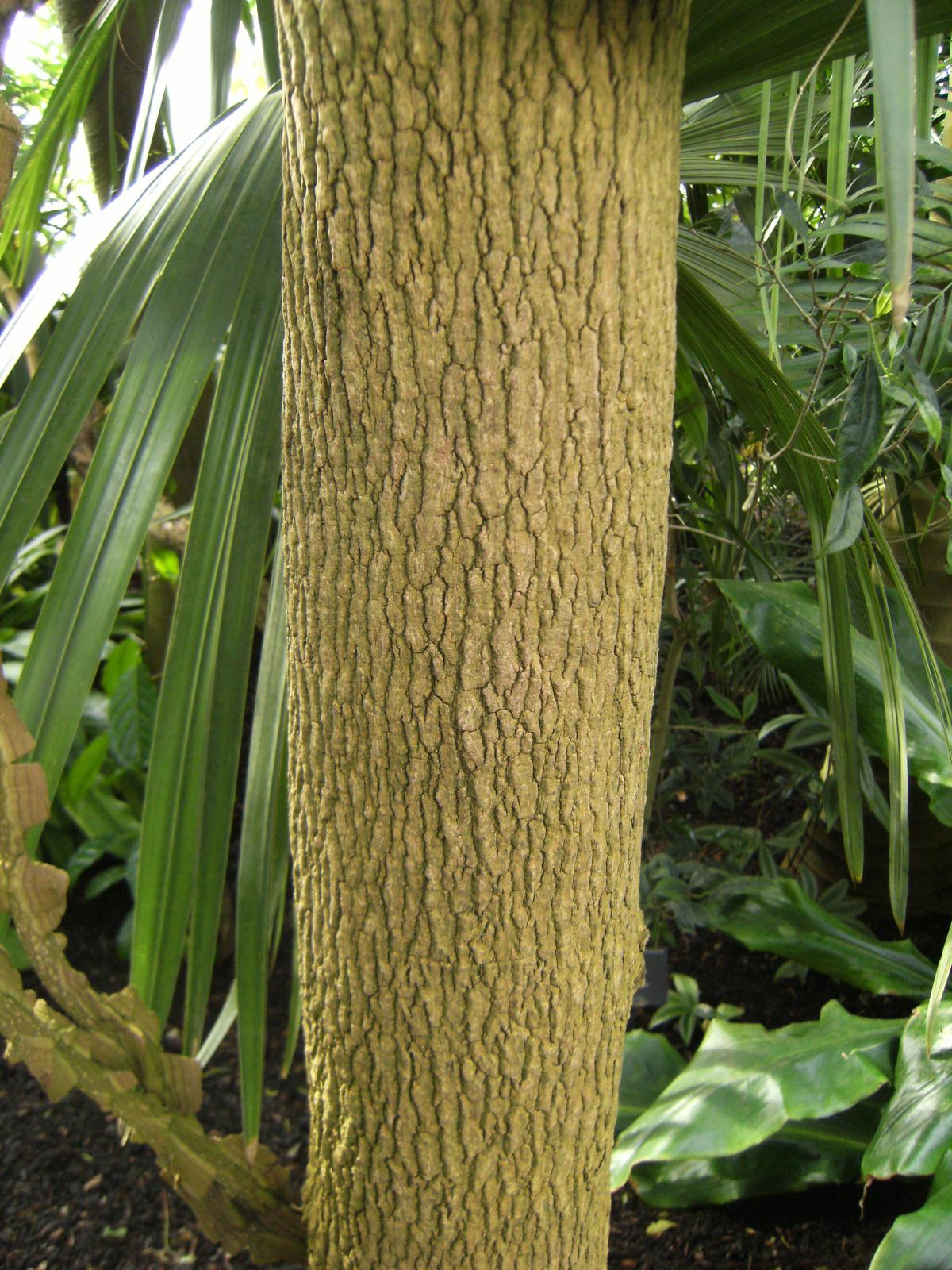


Tamarind Tamarindus Indica Feedipedia
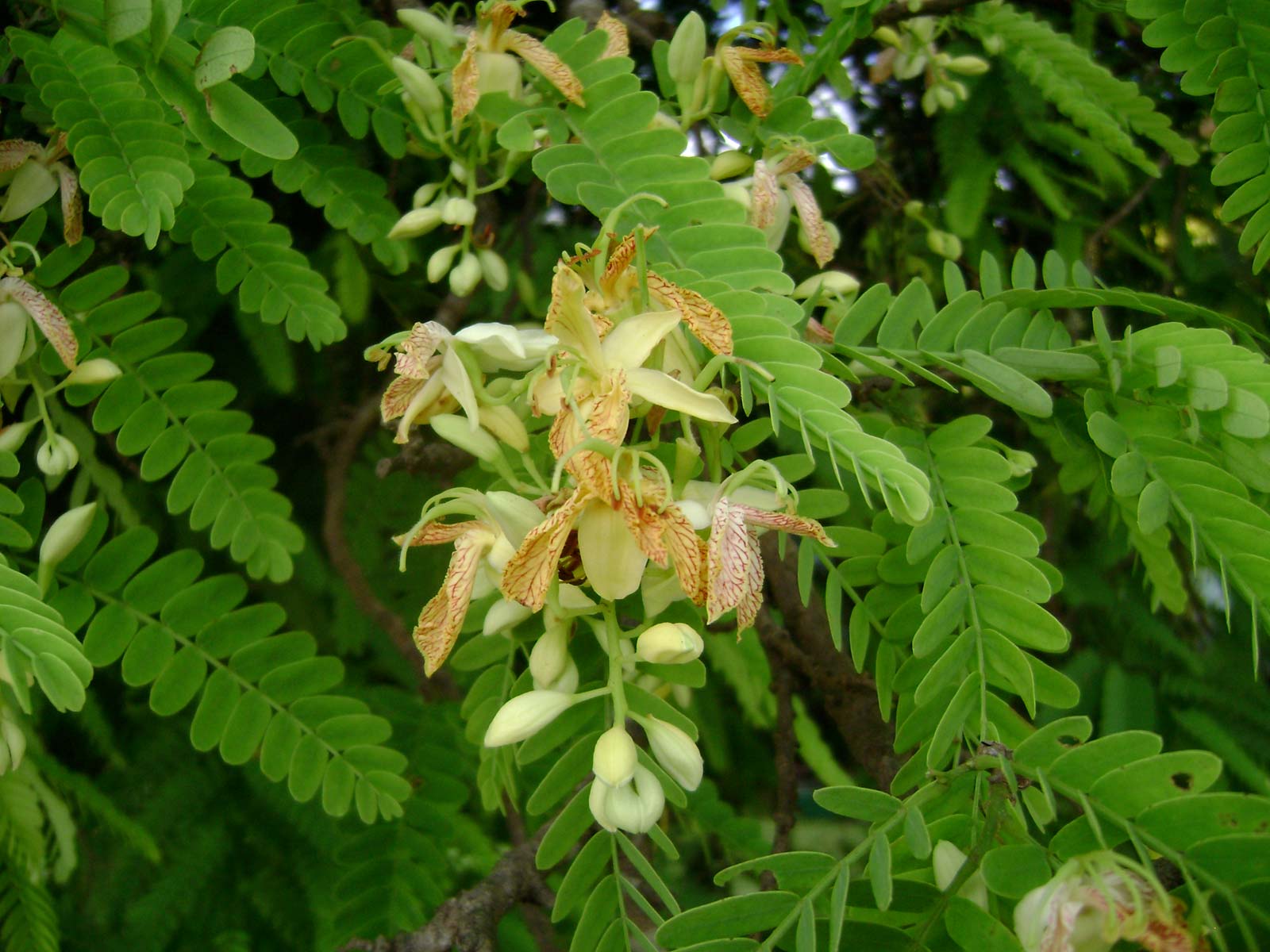


Tamarind Tamarindus Indica Feedipedia


Tamarind Seeds Tamarindus Indica Sampalok Indian Date Tropical Fruit Caribbeangardenseed



Tamarind Tamarindus Indica Is A Tamarind Agro Holdings Facebook


Tamarindus Indica L Plants Of The World Online Kew Science



Wwf India Dyk Tamarind Tamarindus Indica Or Imli Facebook
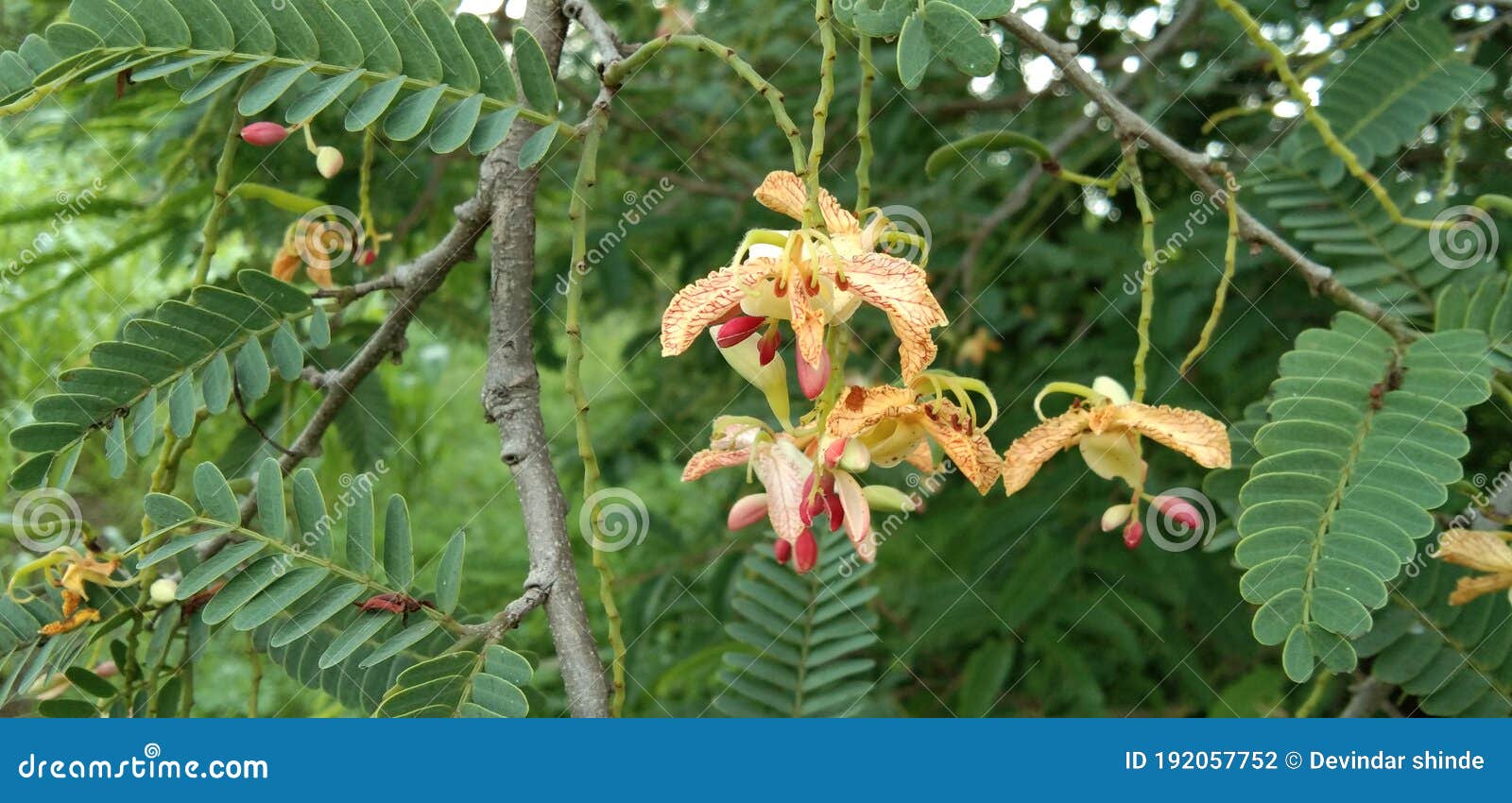


1 048 Green Tamarindus Photos Free Royalty Free Stock Photos From Dreamstime



Bgav3dndkyhqmm



Tamarind Tree Tamarindus Indica Free Photo On Pixabay



Sweet Tamarind Tama Rindus Indica Indian Date Cm Tamarind Tree Amazon De Garten



Pdf Tamarind A Multipurpose Tree For Dryland Cultivation Krishisewa



Amazon Com Tamarind Tamarindus Indica 15 Seeds Usa Shipping Tree Plants Garden Outdoor



Tamarind Flower Tamarindus Indica



Tamarindus Indica L Species India Biodiversity Portal
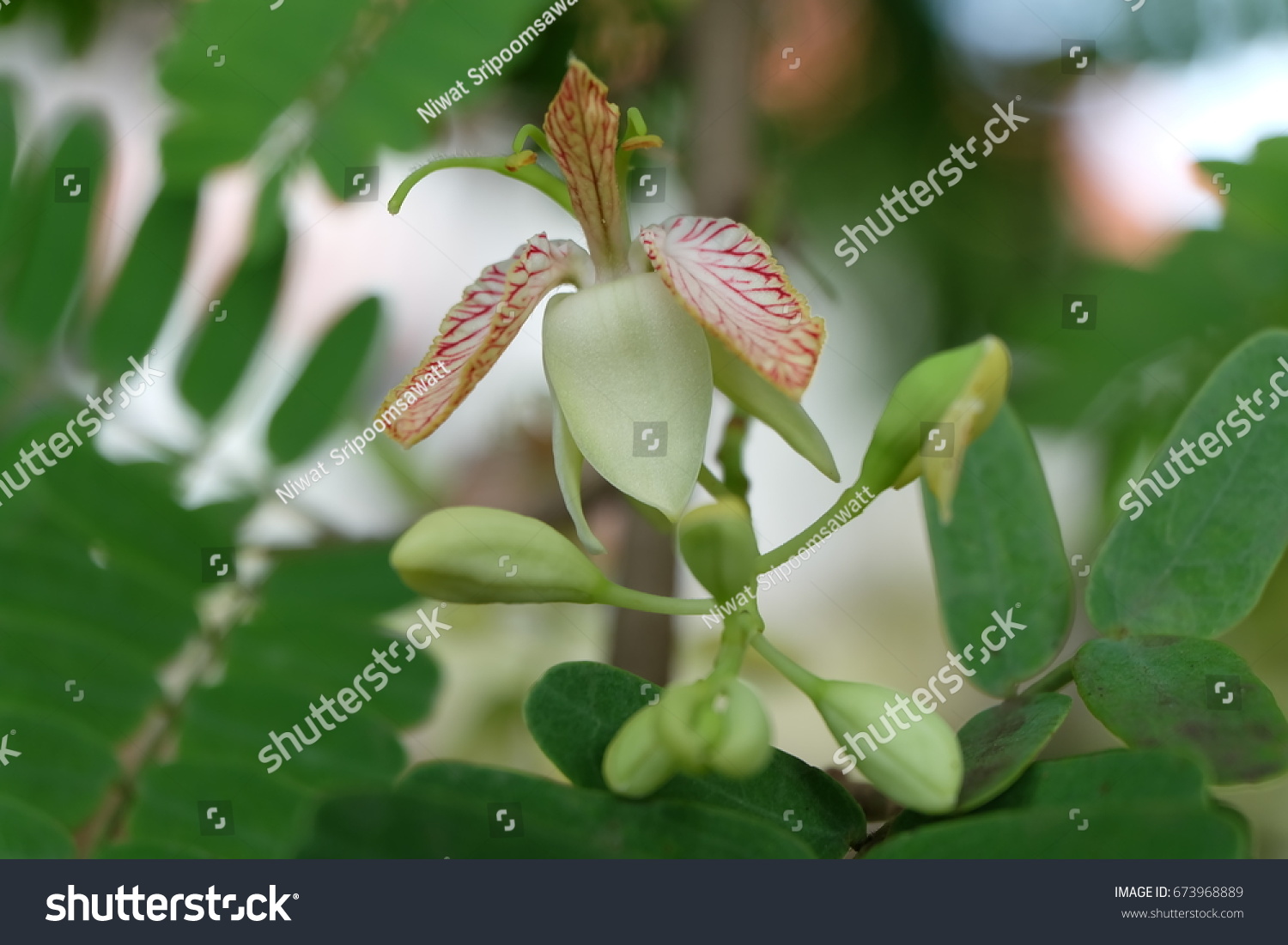


Tamarind Tamarindus Indica L Common Name Stock Photo Edit Now



Tamarindus Indica Tamarind Sampalok Flora Toskana


Tamarindus Indica Flora Of Qatar



Yiils 10pcs Organic Tamarindus Indica Seeds Delicious Tropical Fruit Garden Yard Plant Tamarindus Indica Seeds Patio Lawn Garden Gardening



Tamarindus Indica Tamarind Sampalok Flora Toskana



0 件のコメント:
コメントを投稿